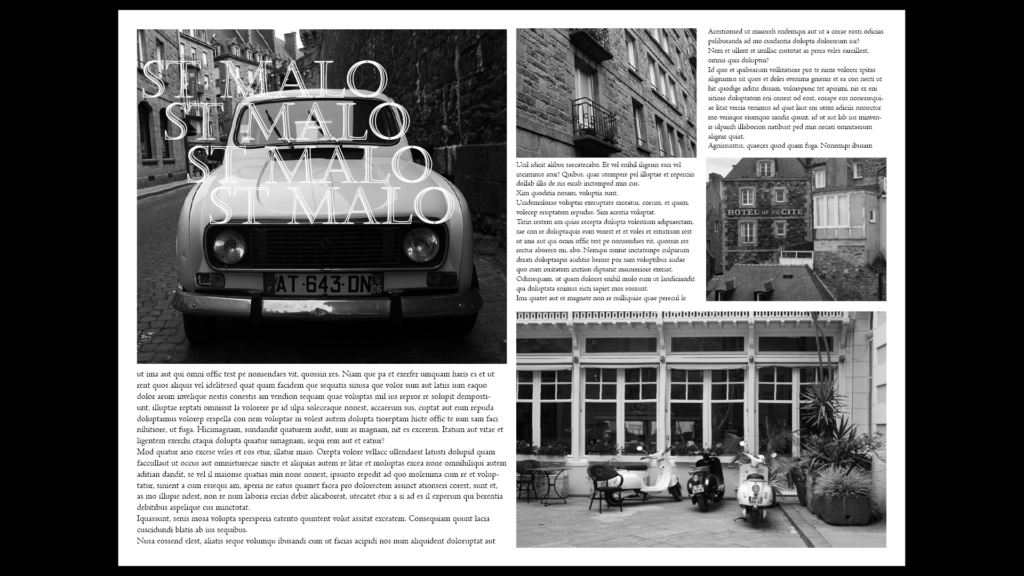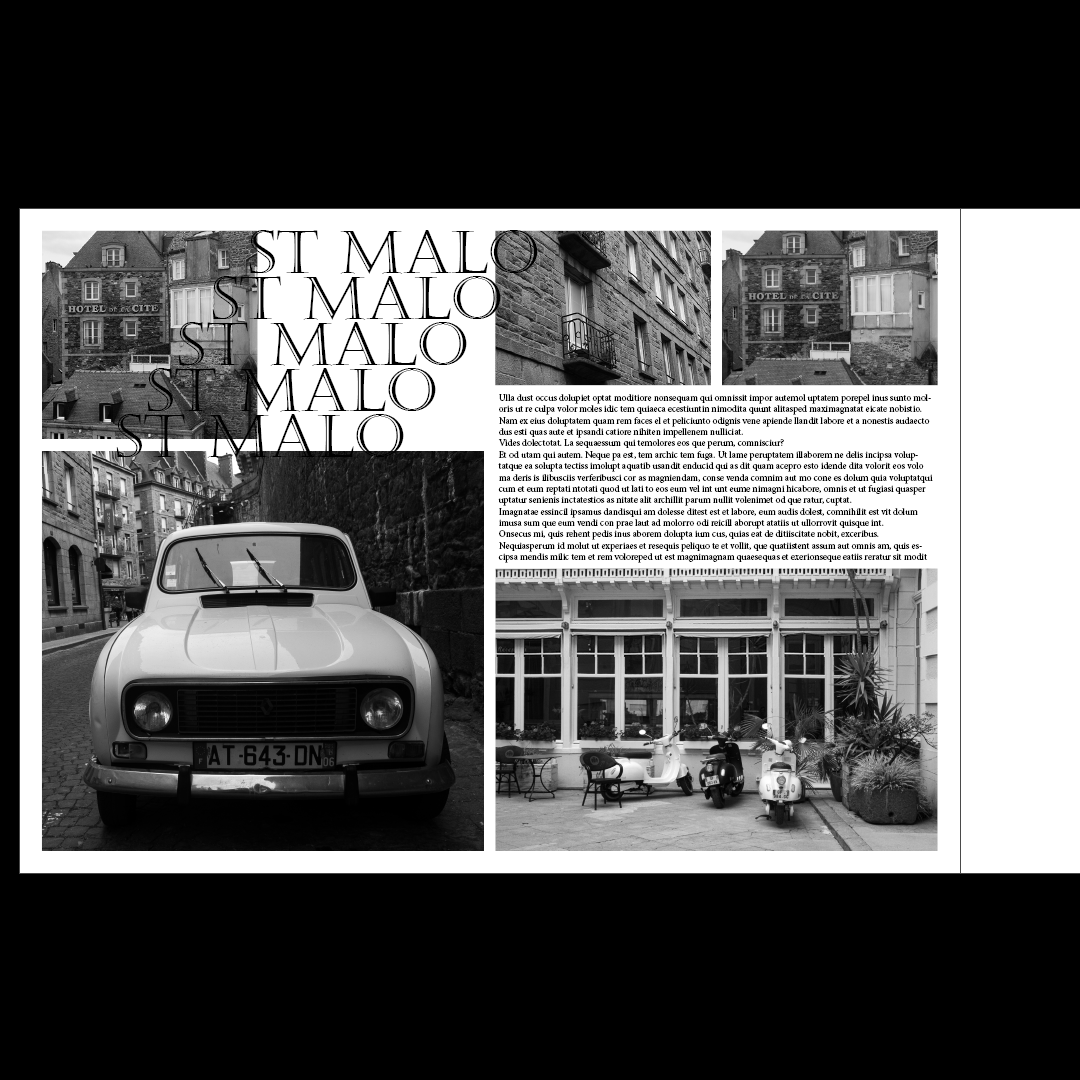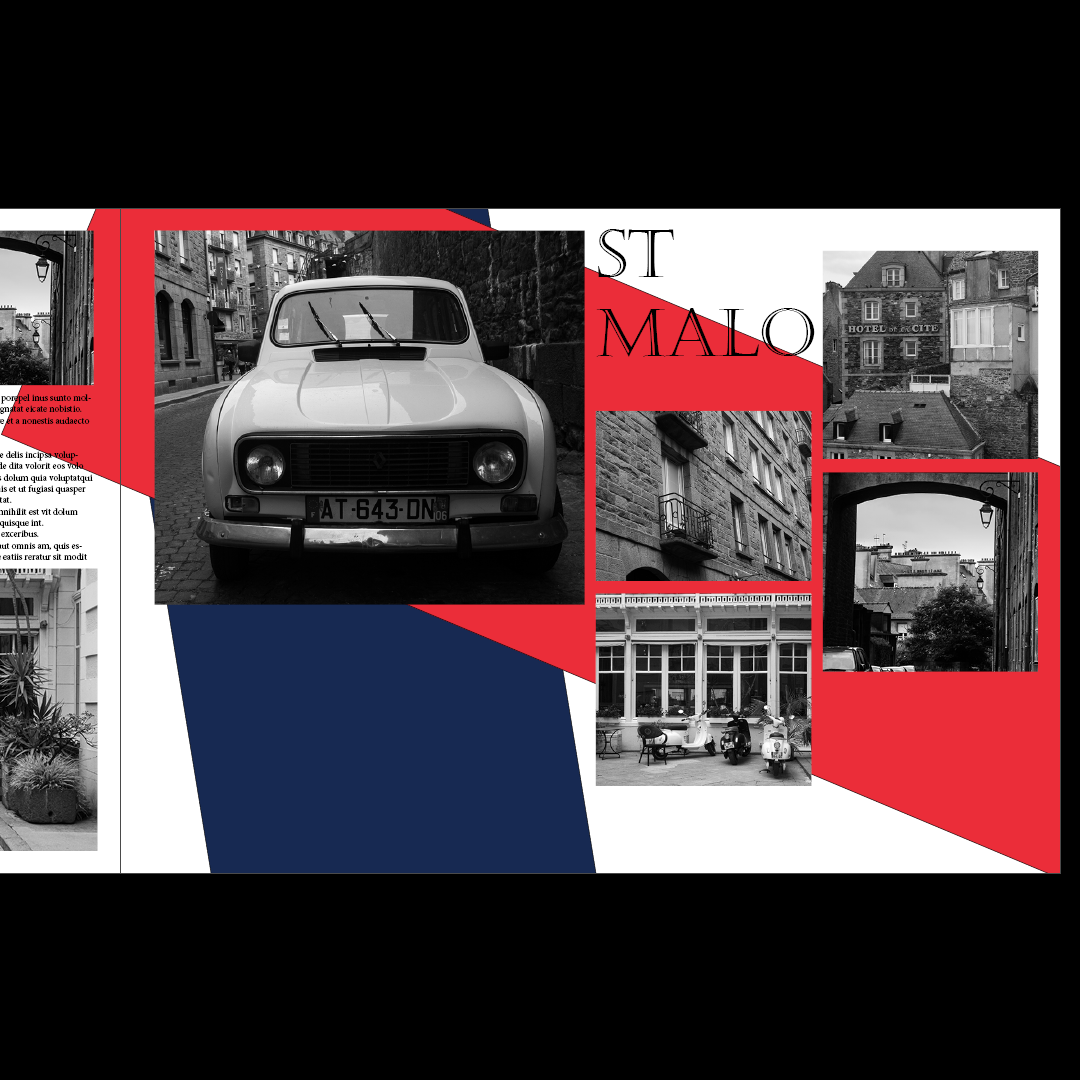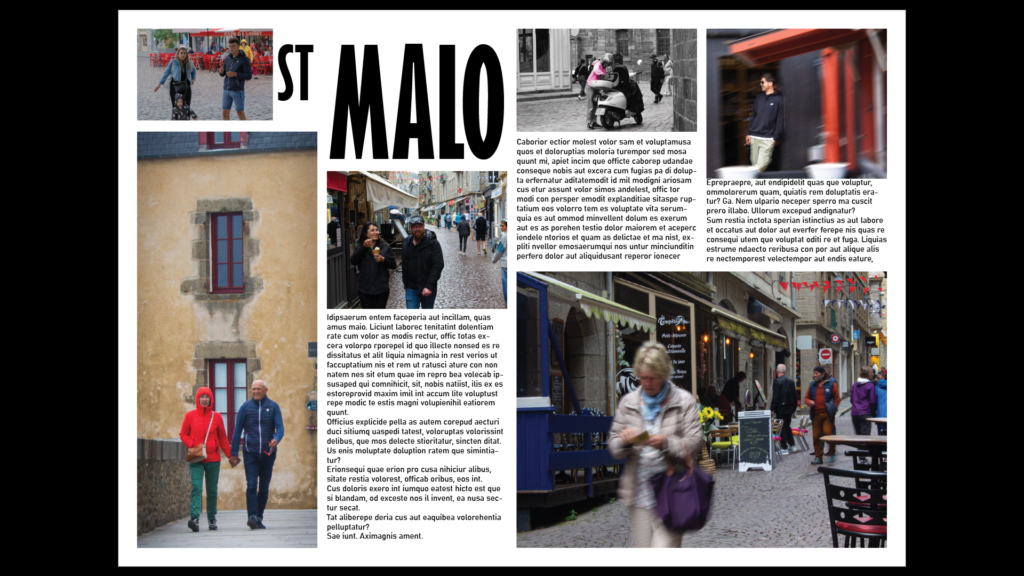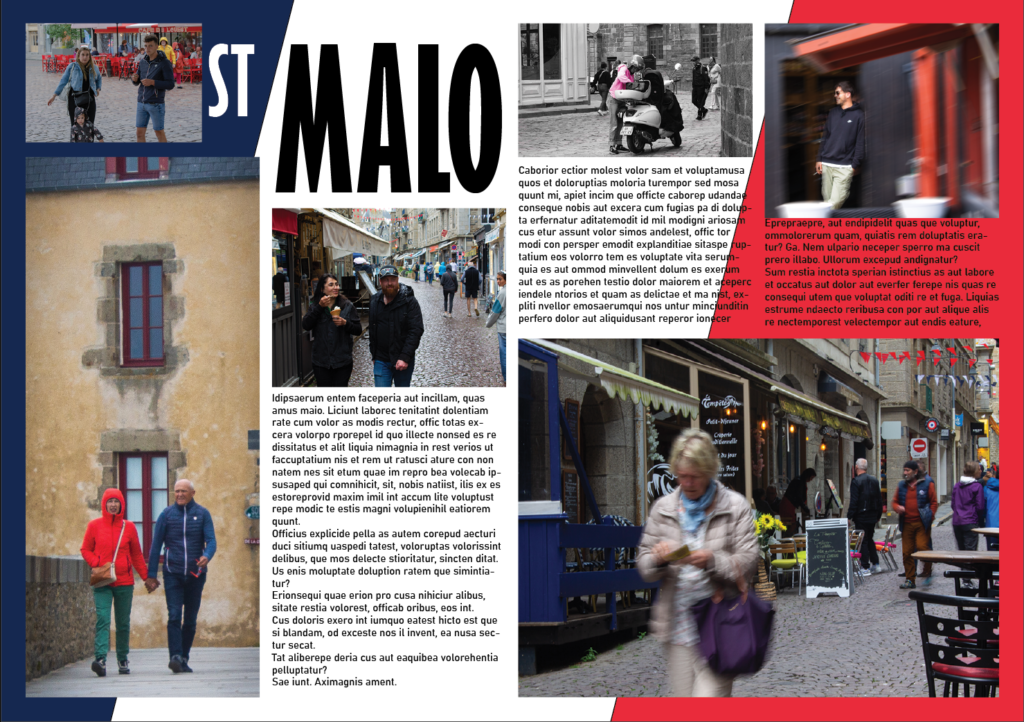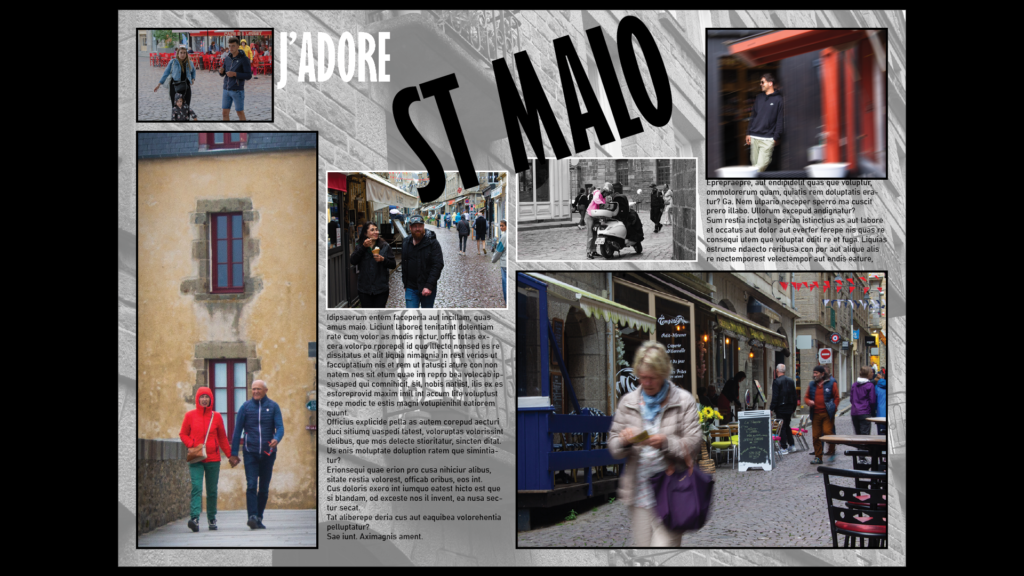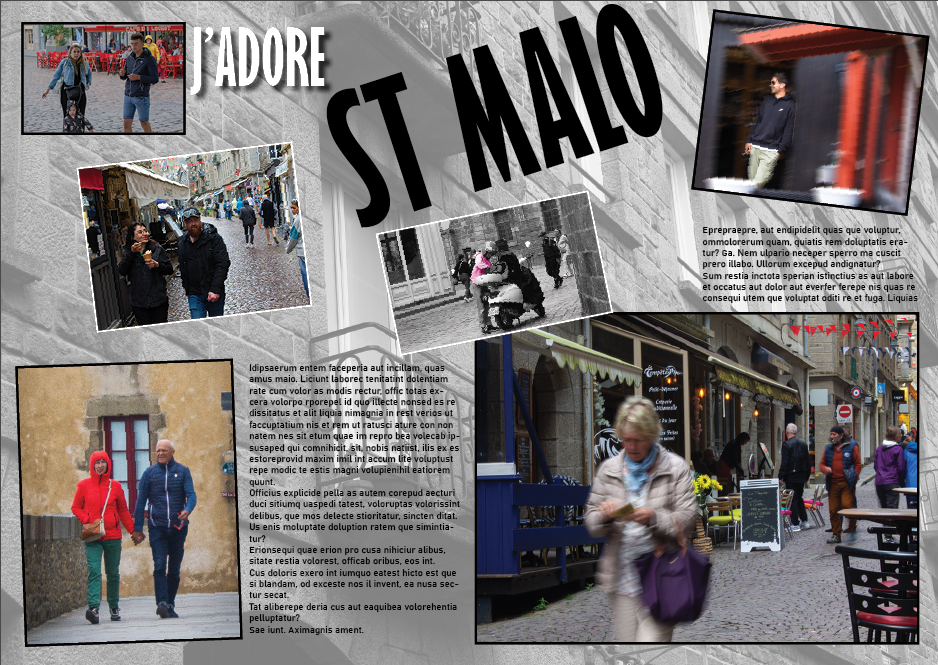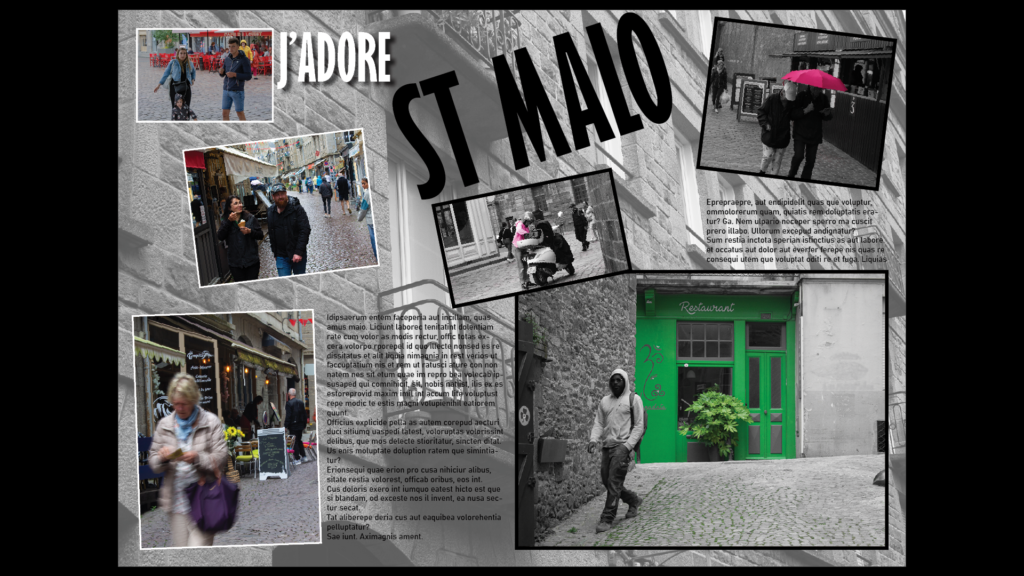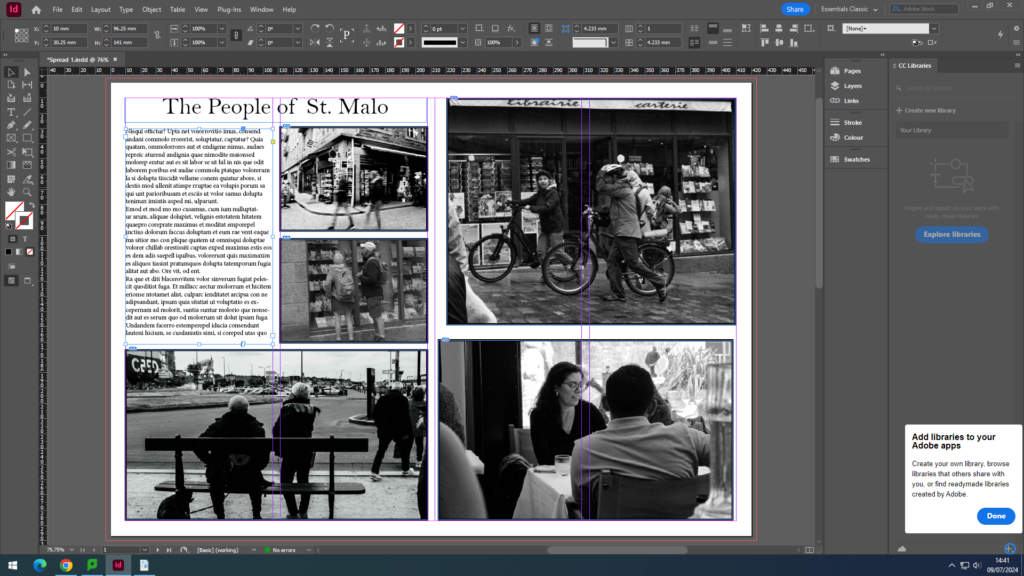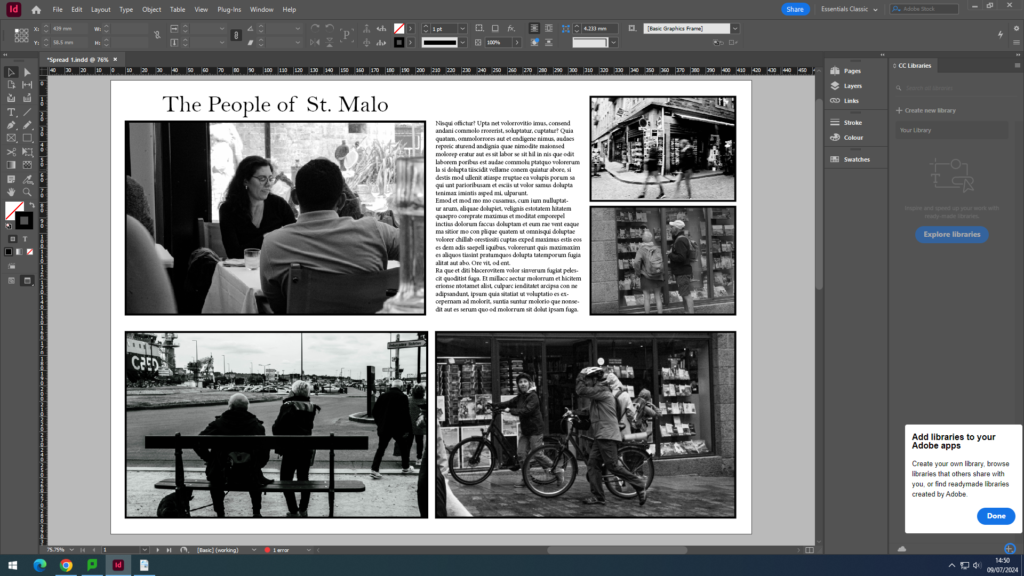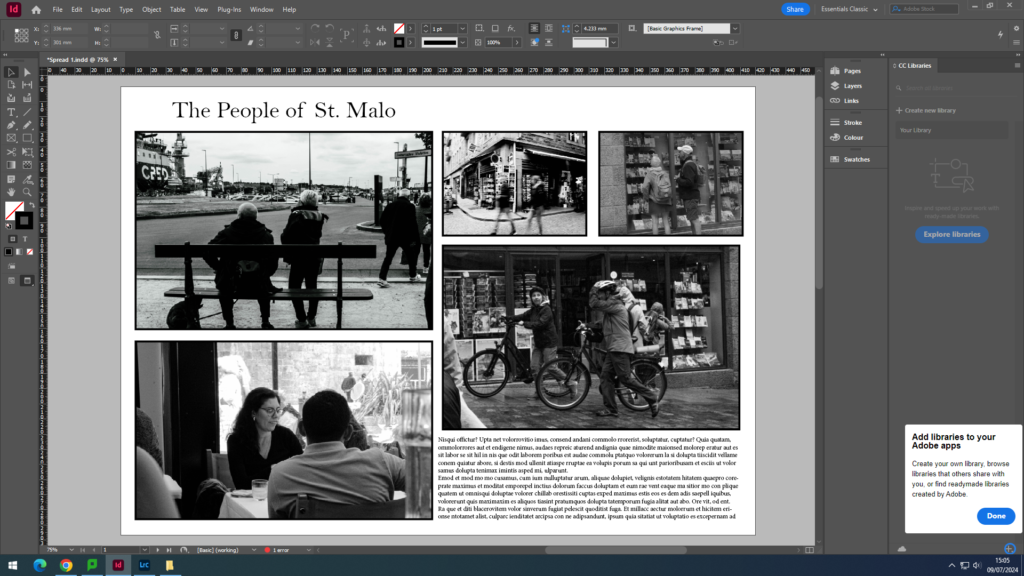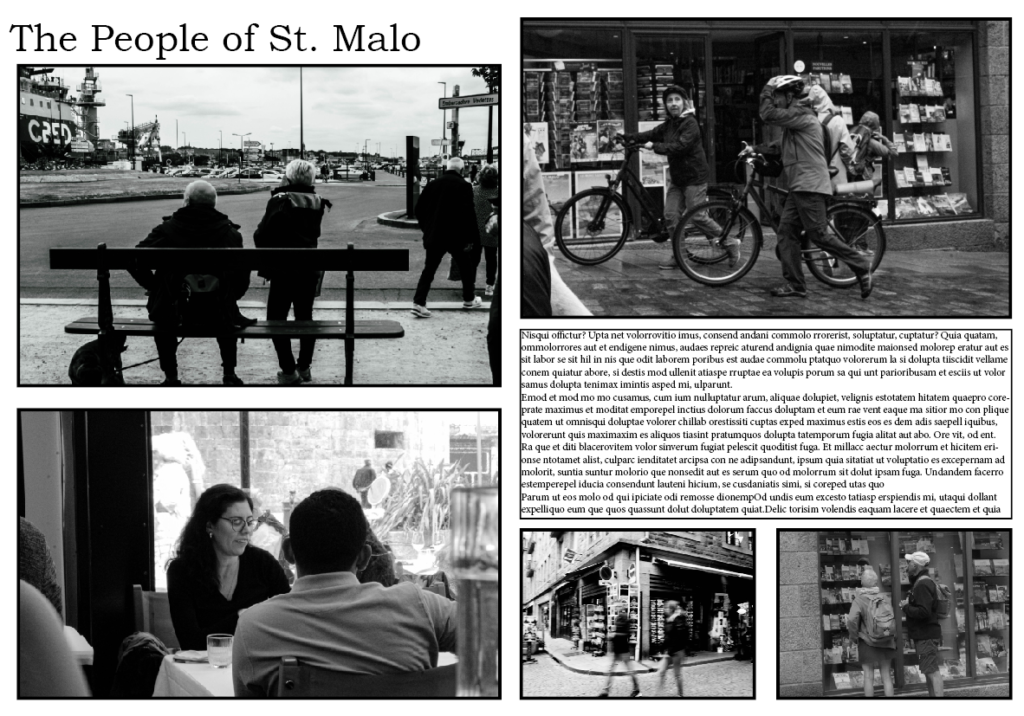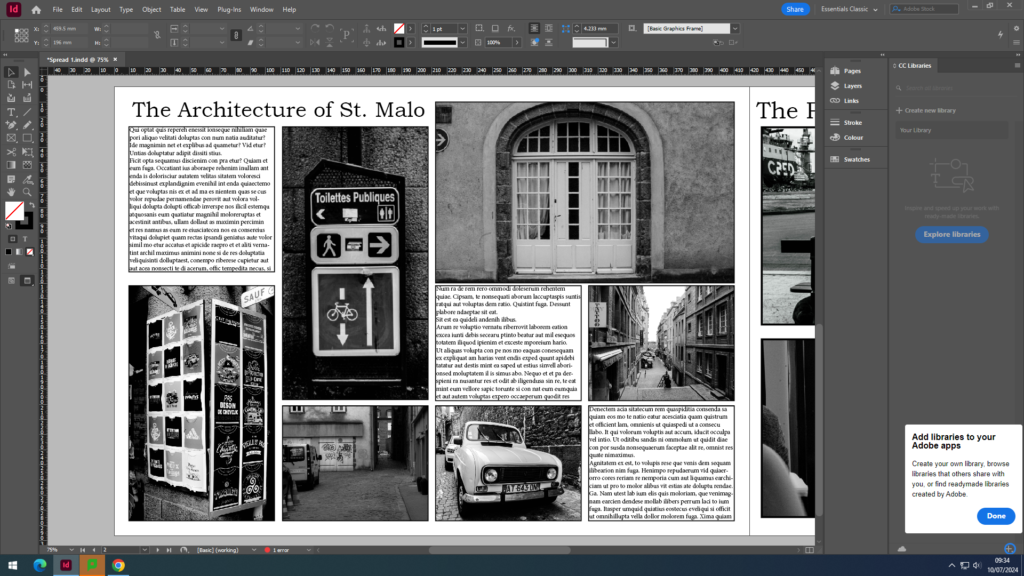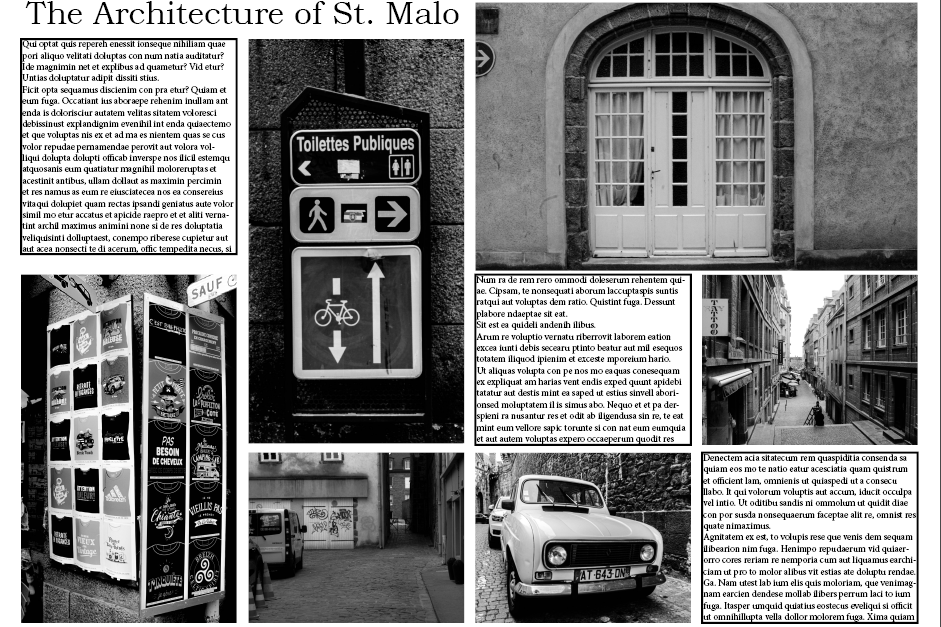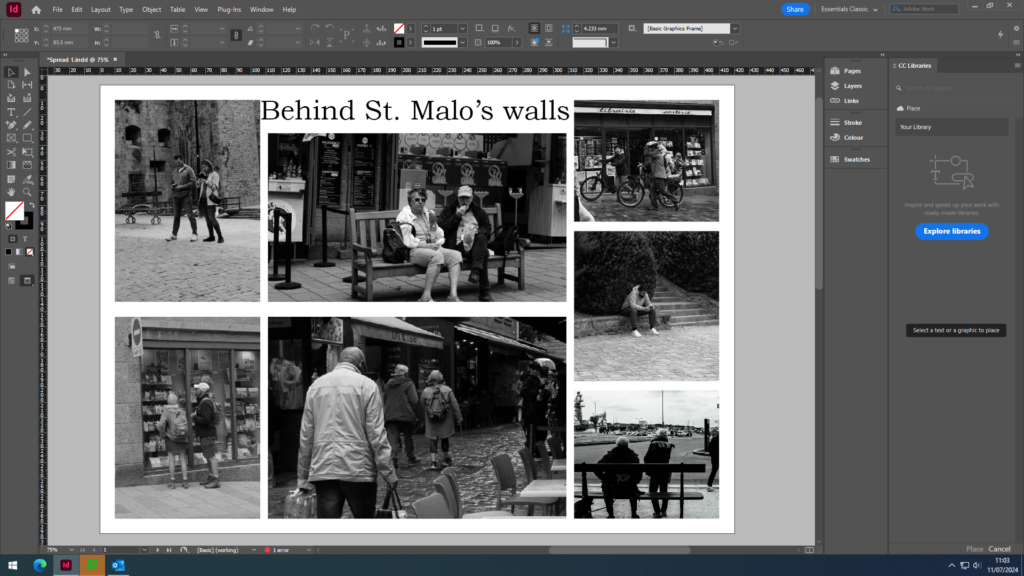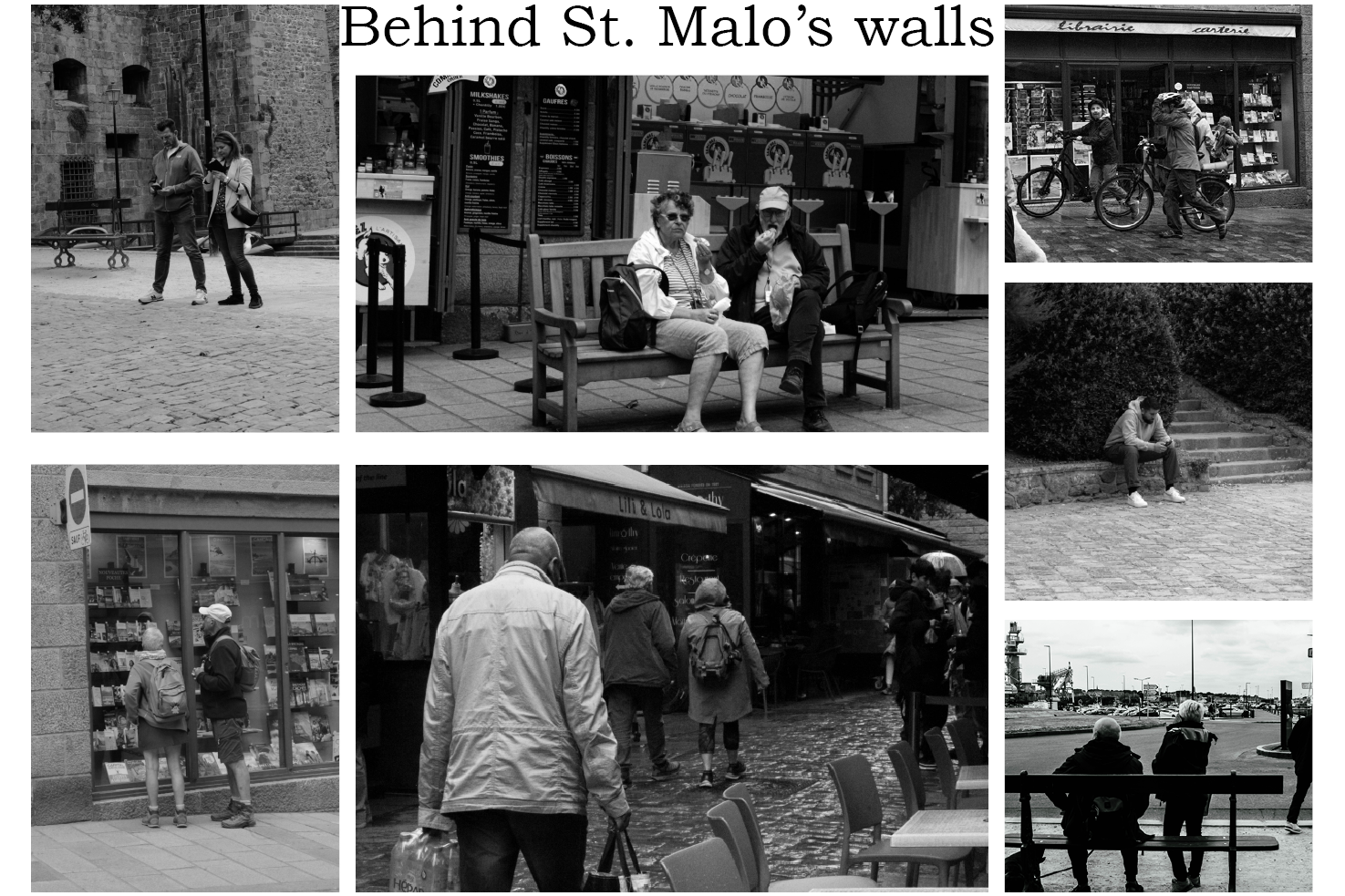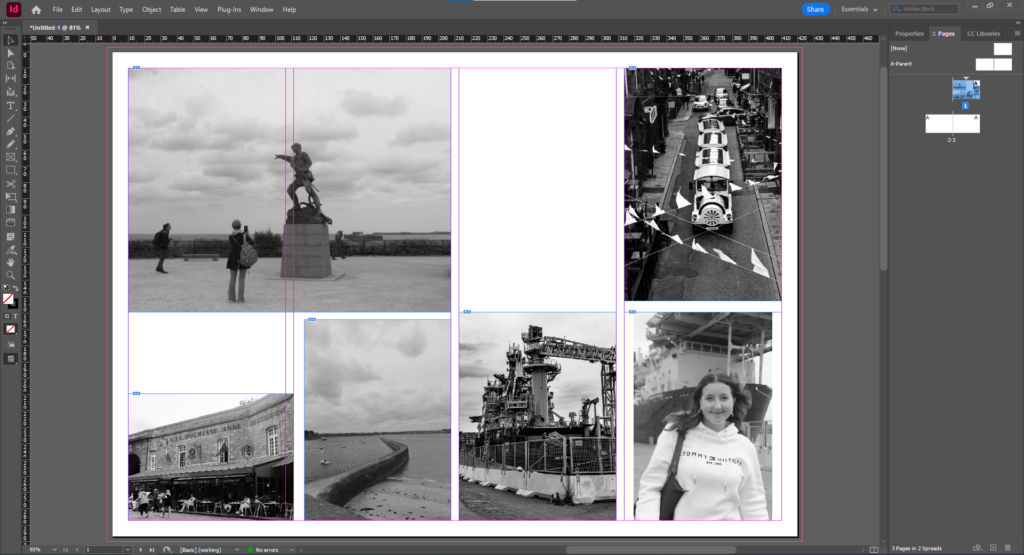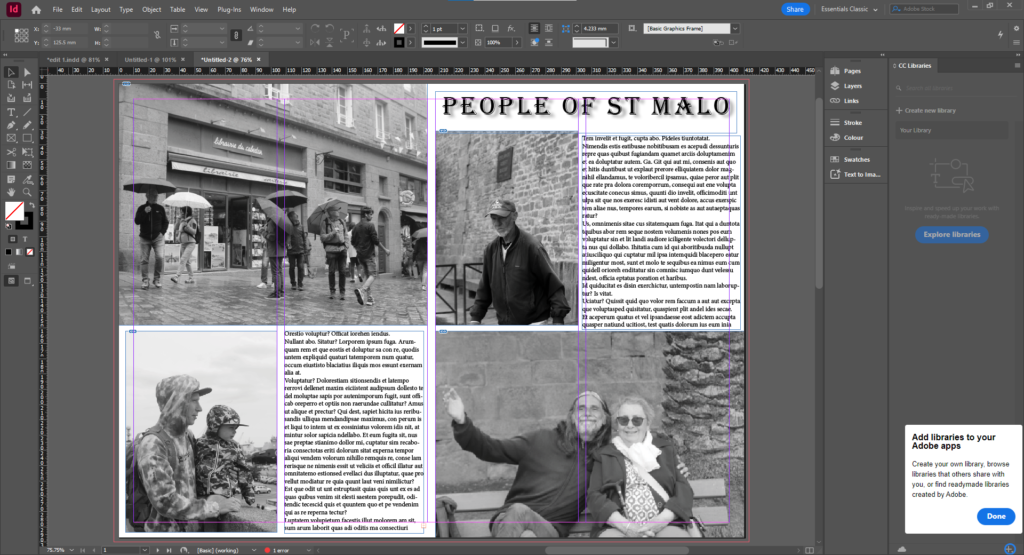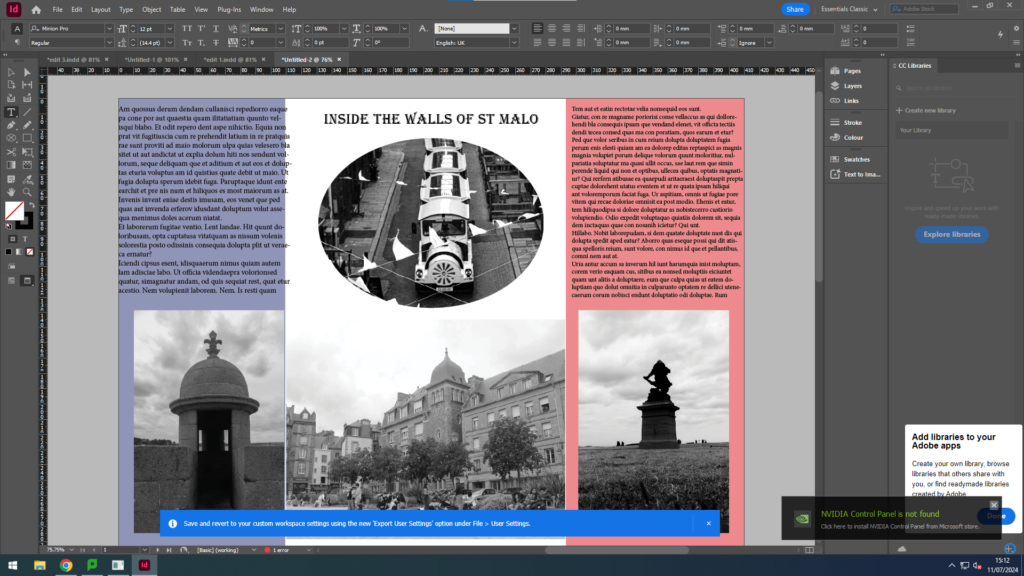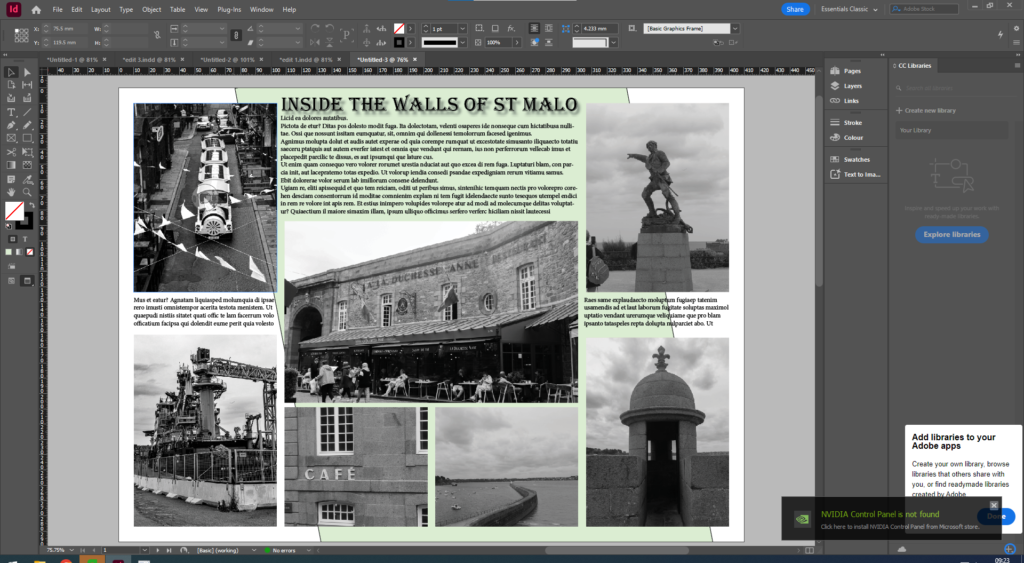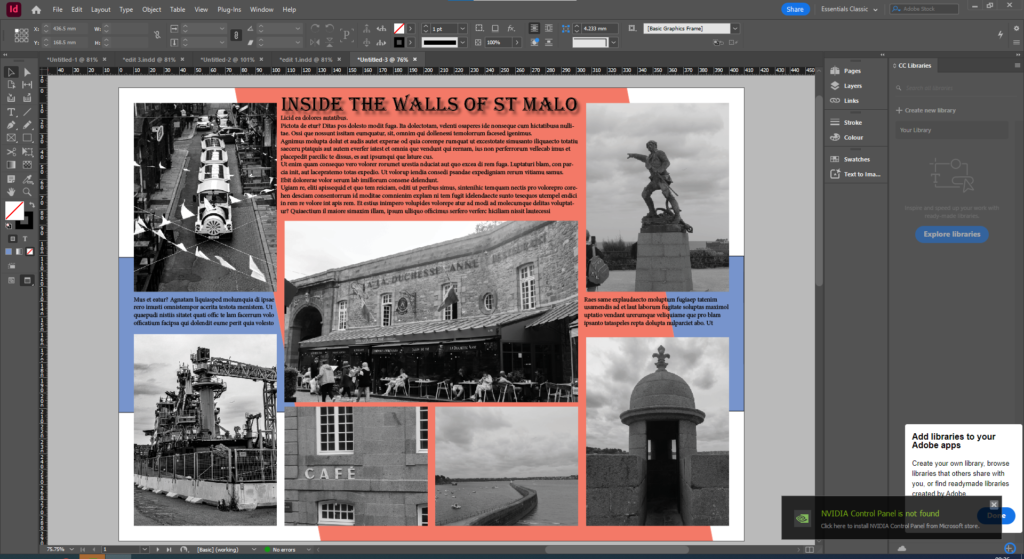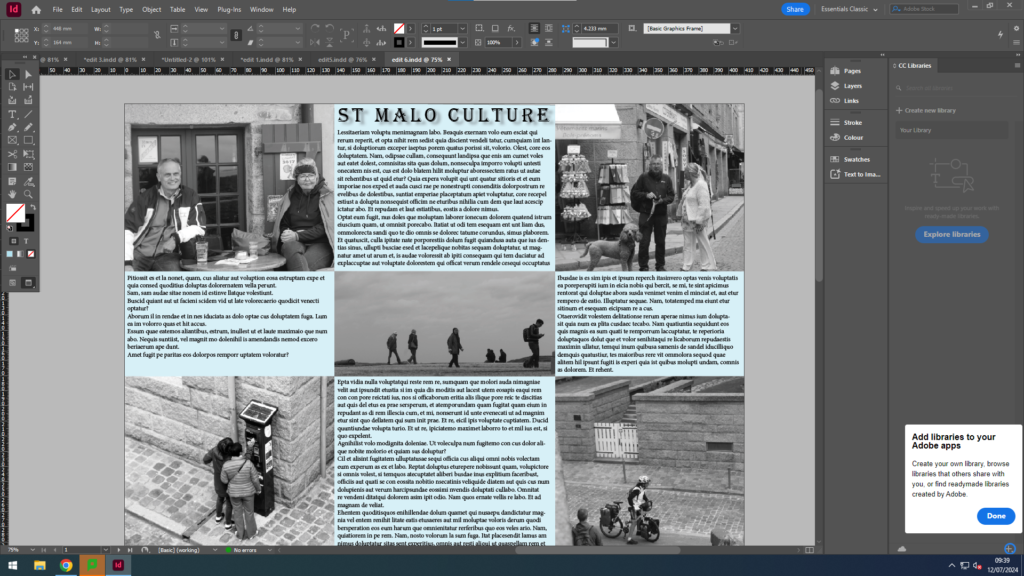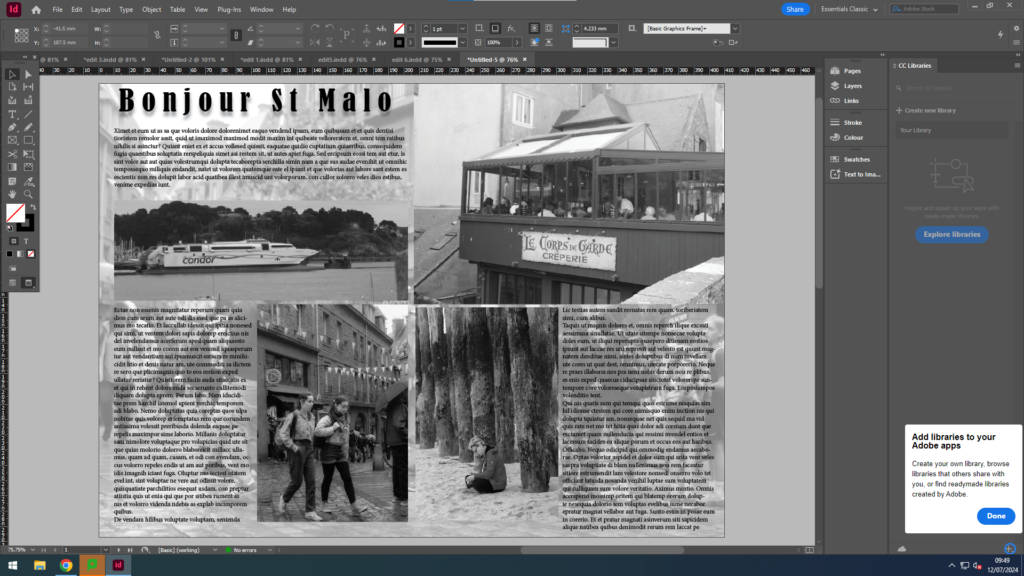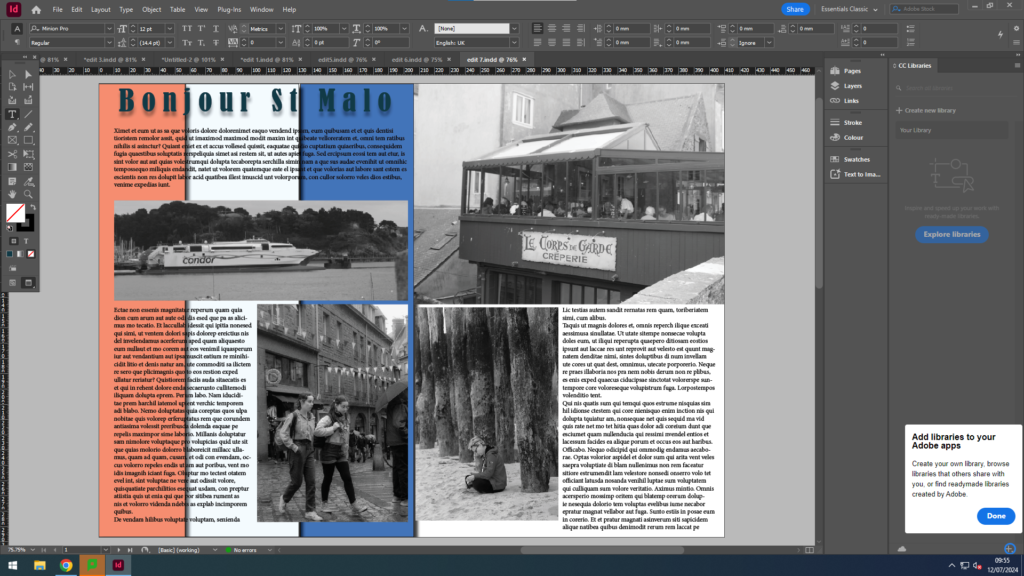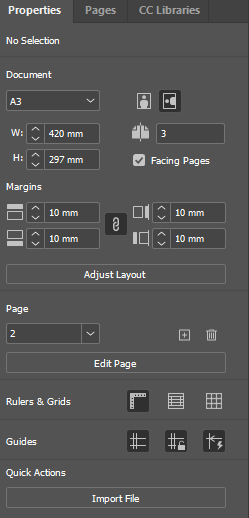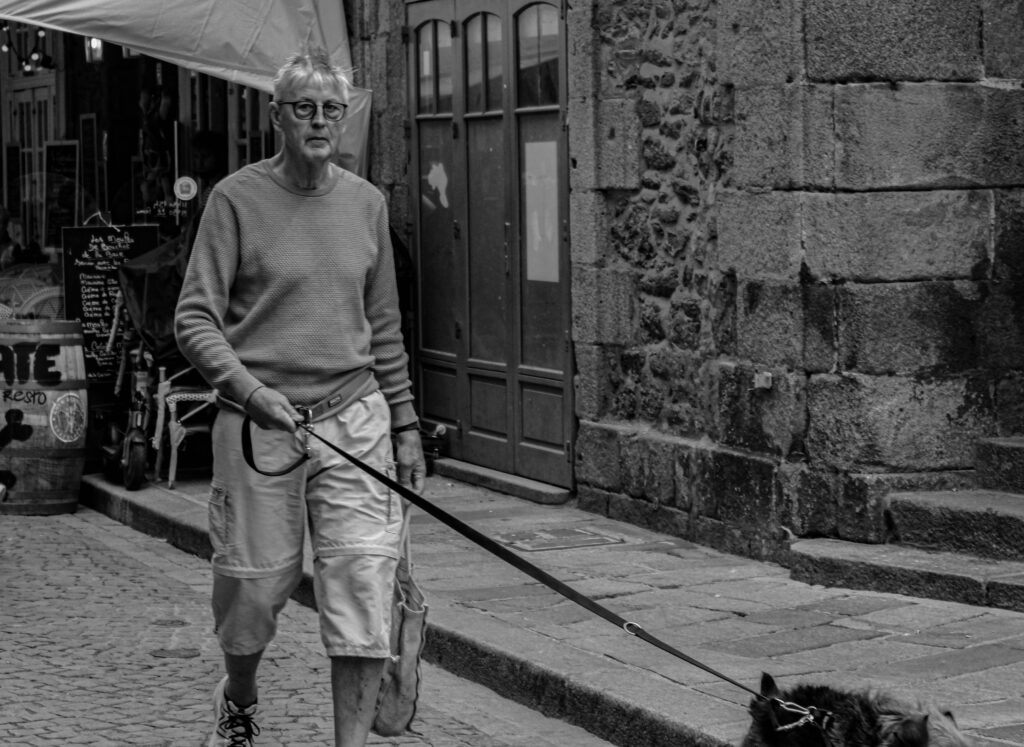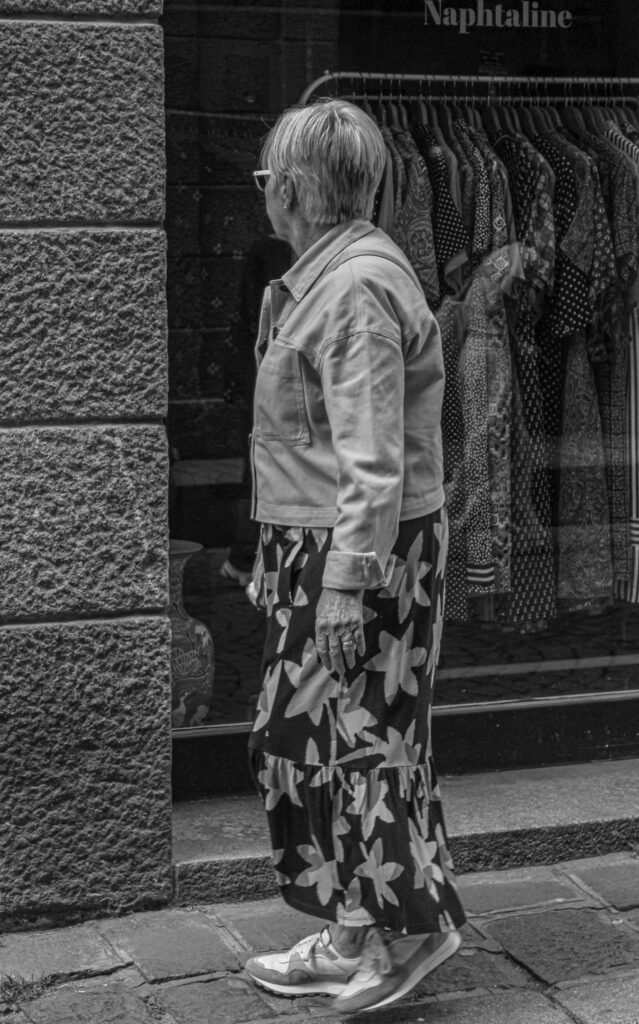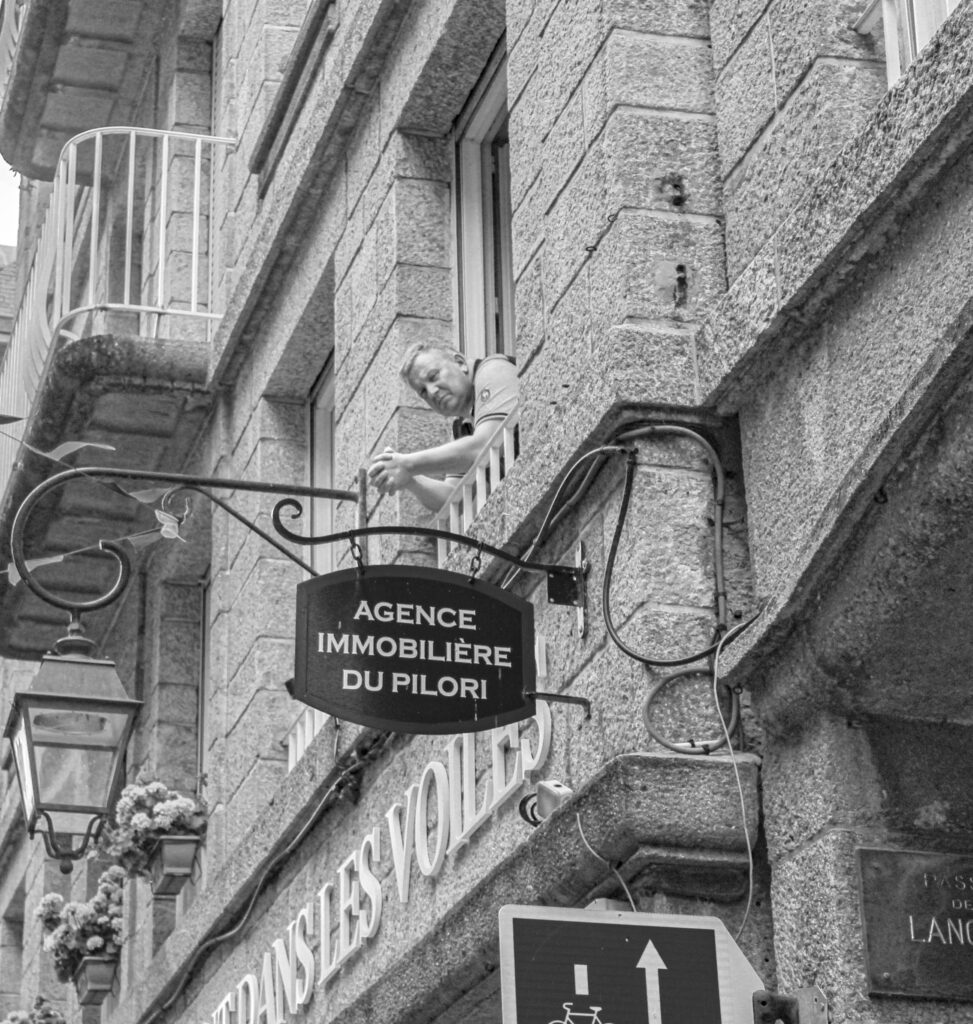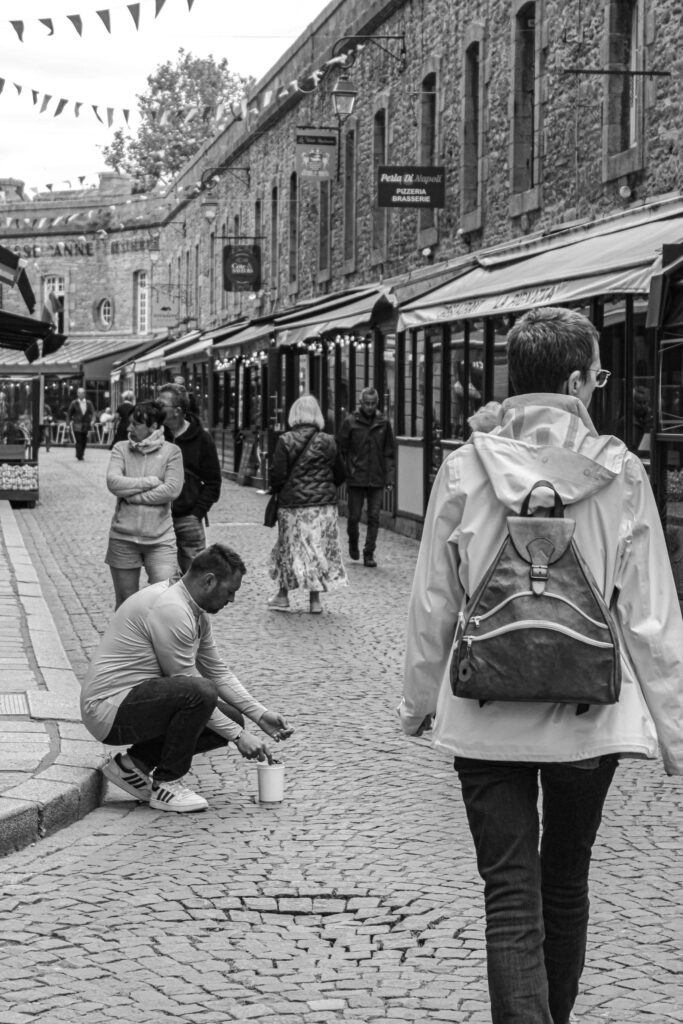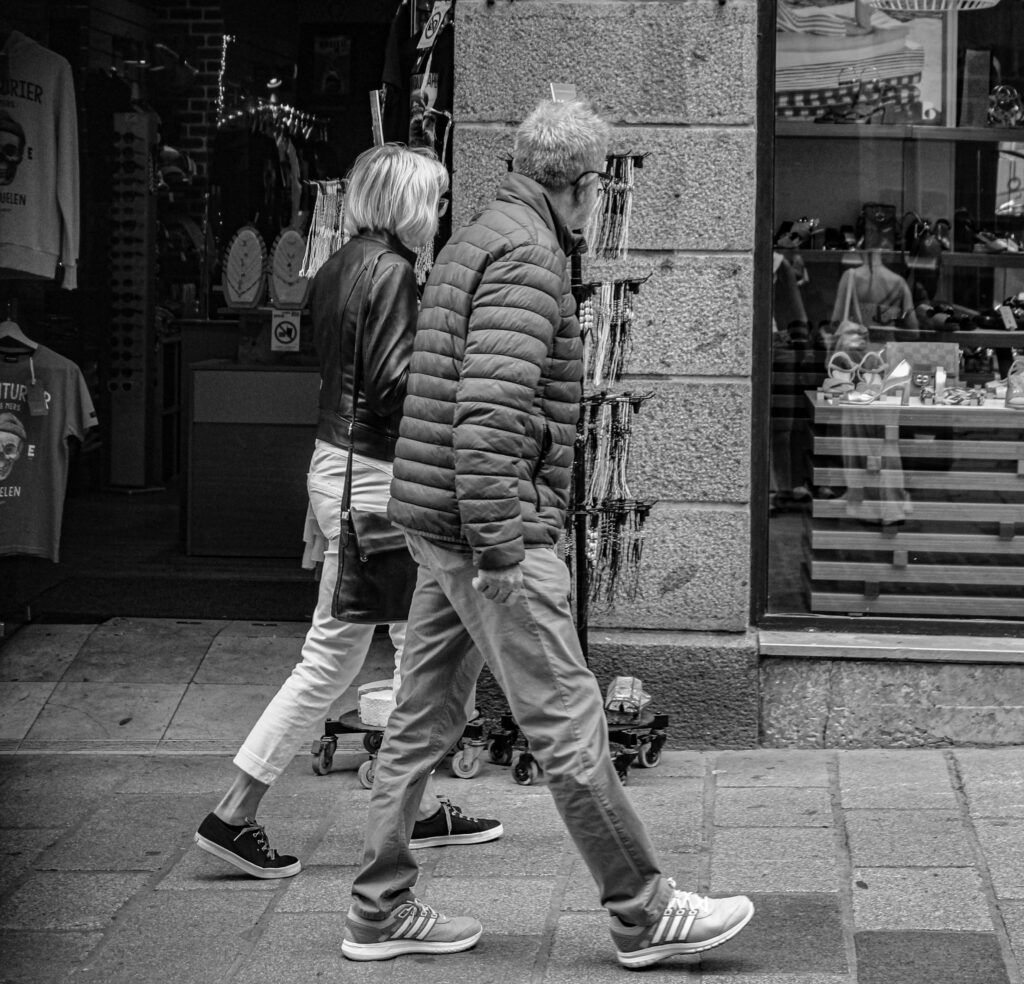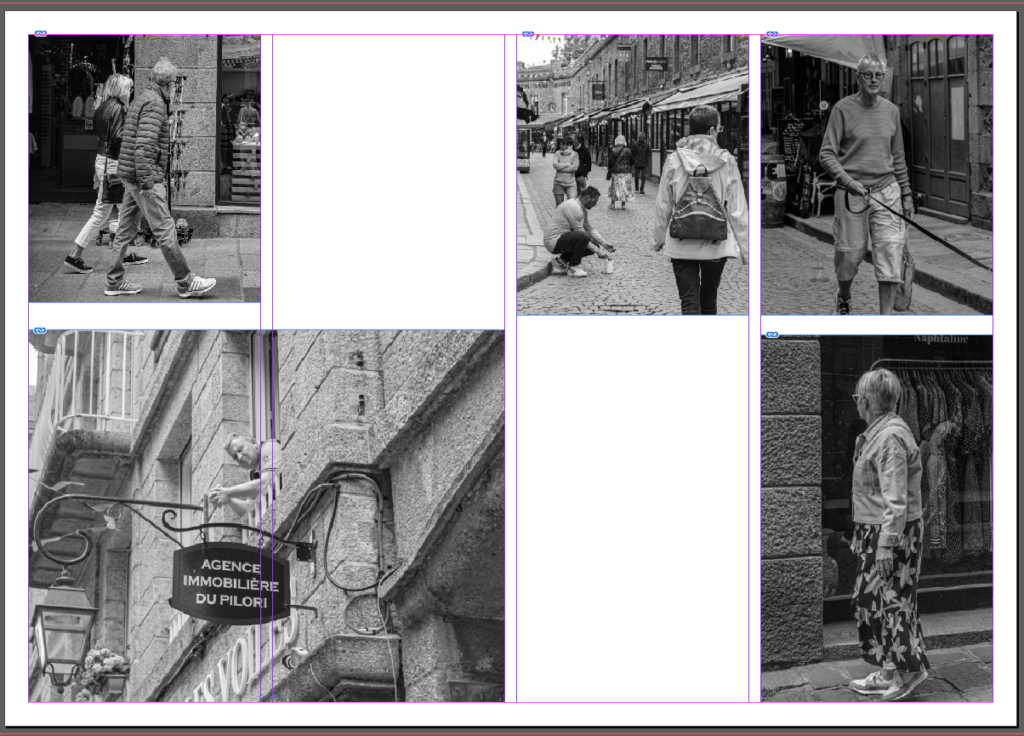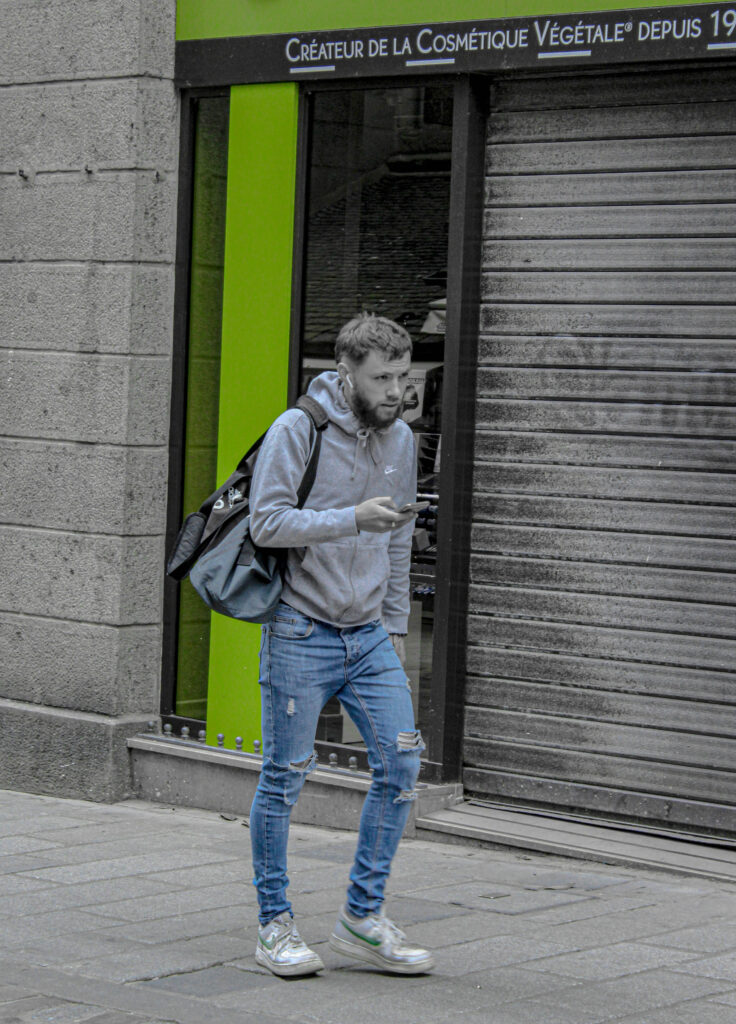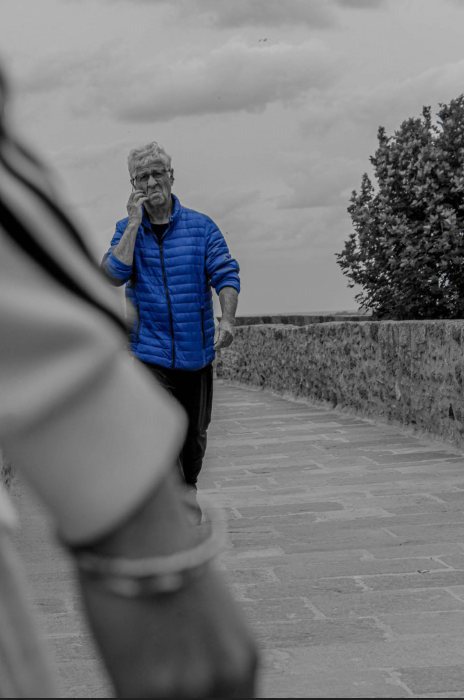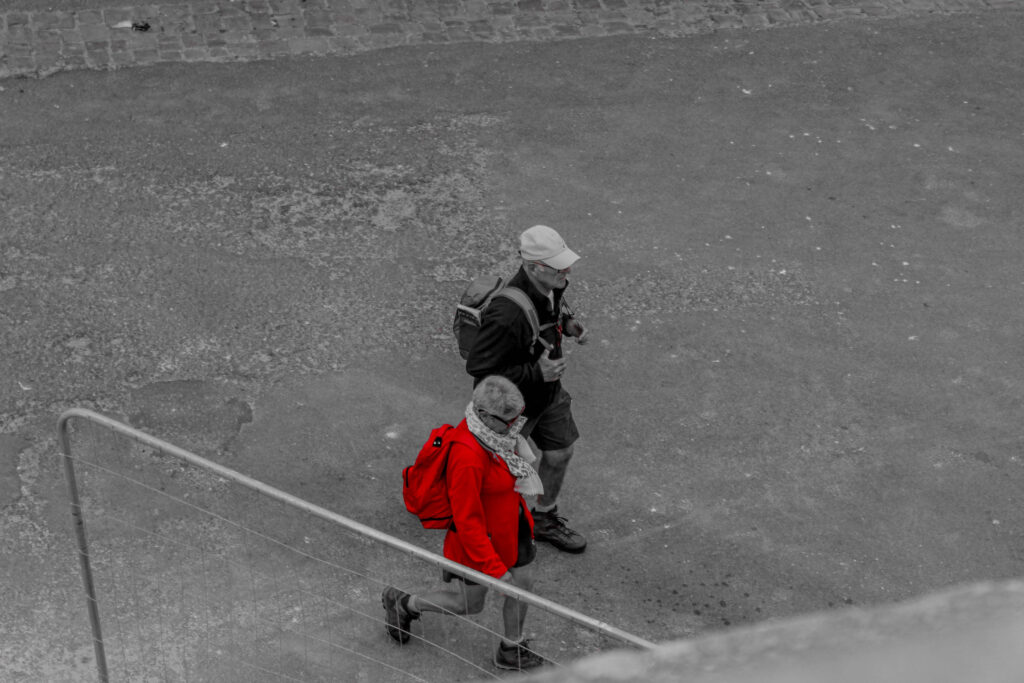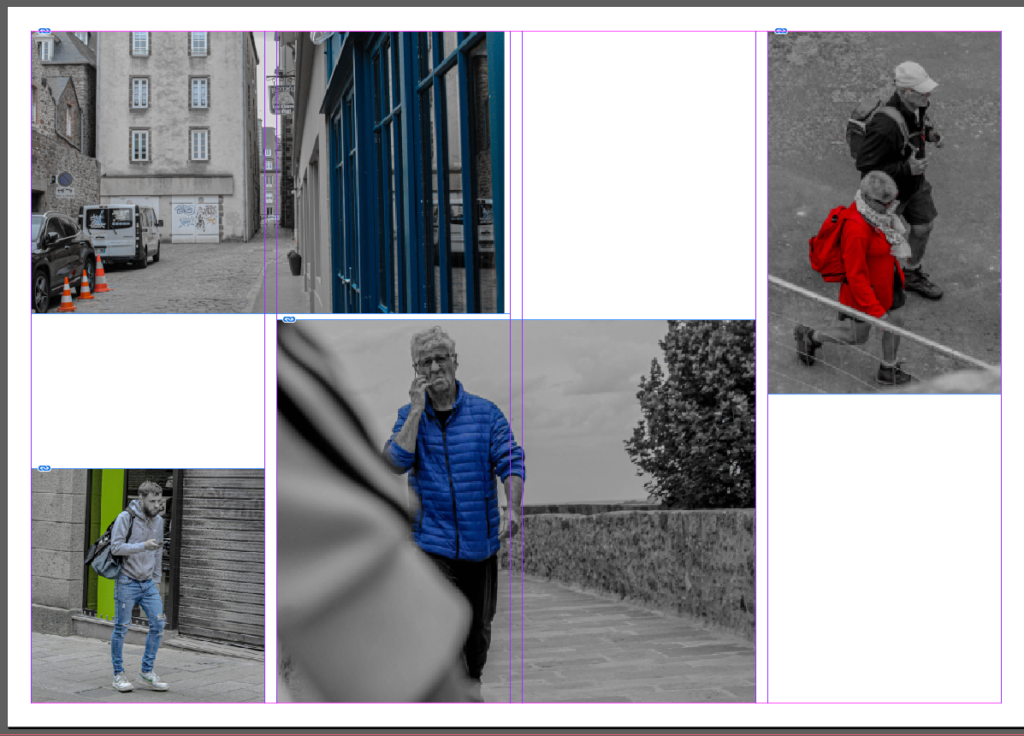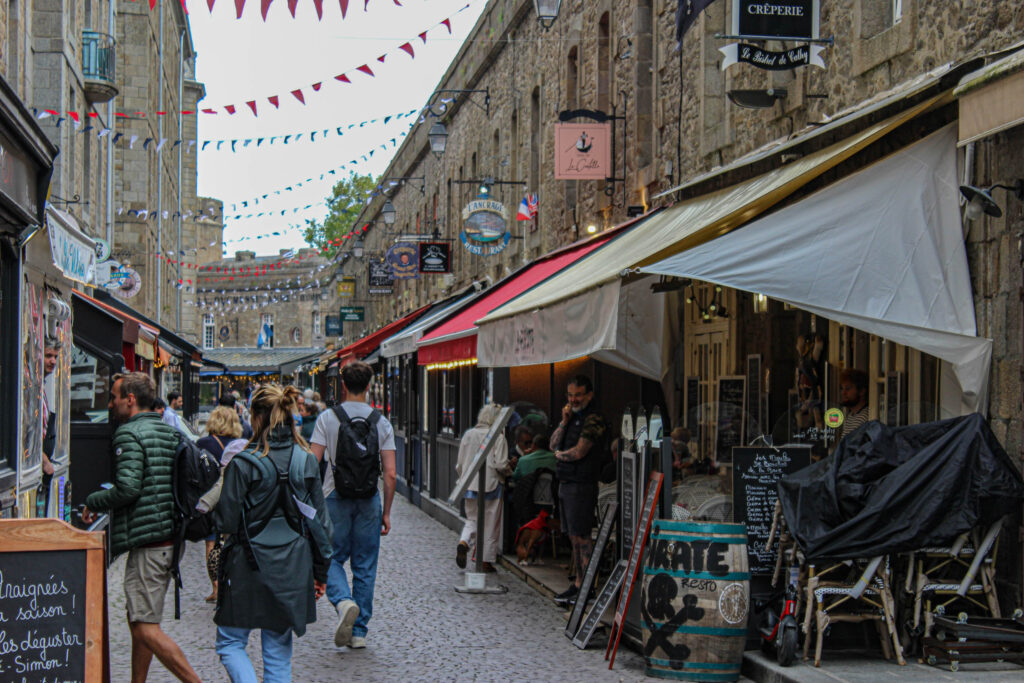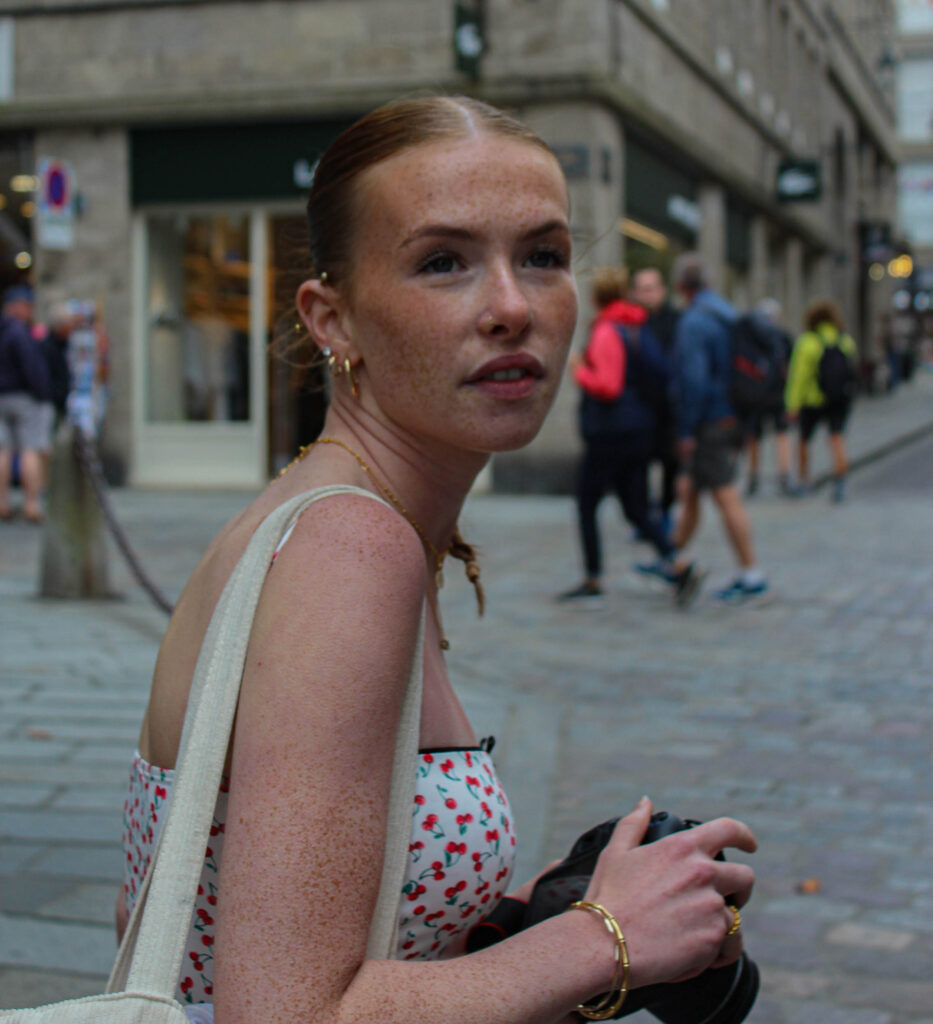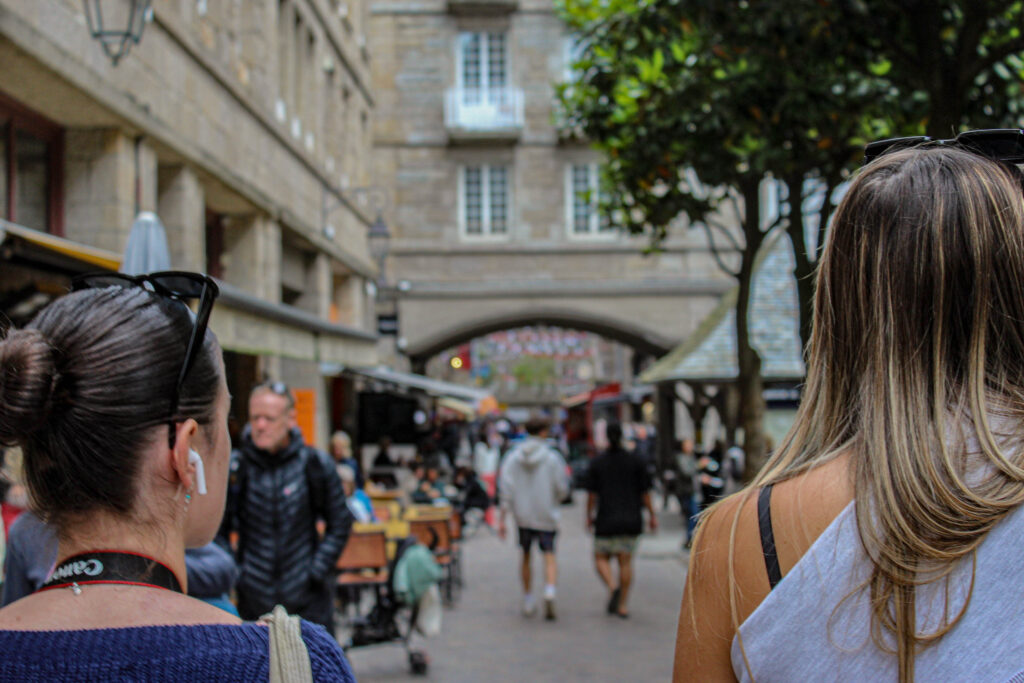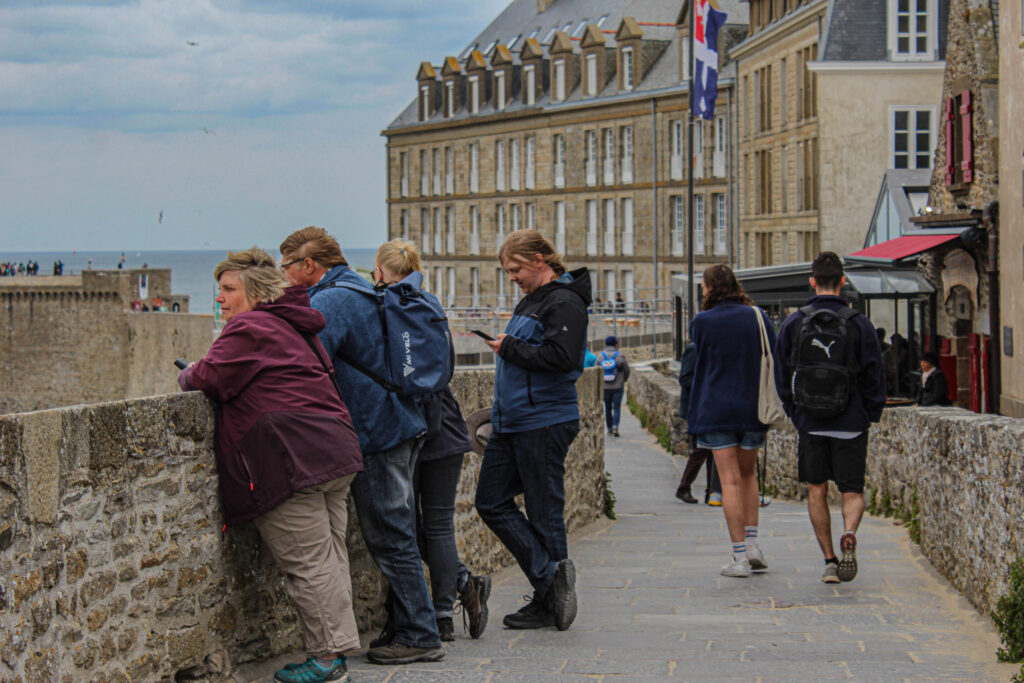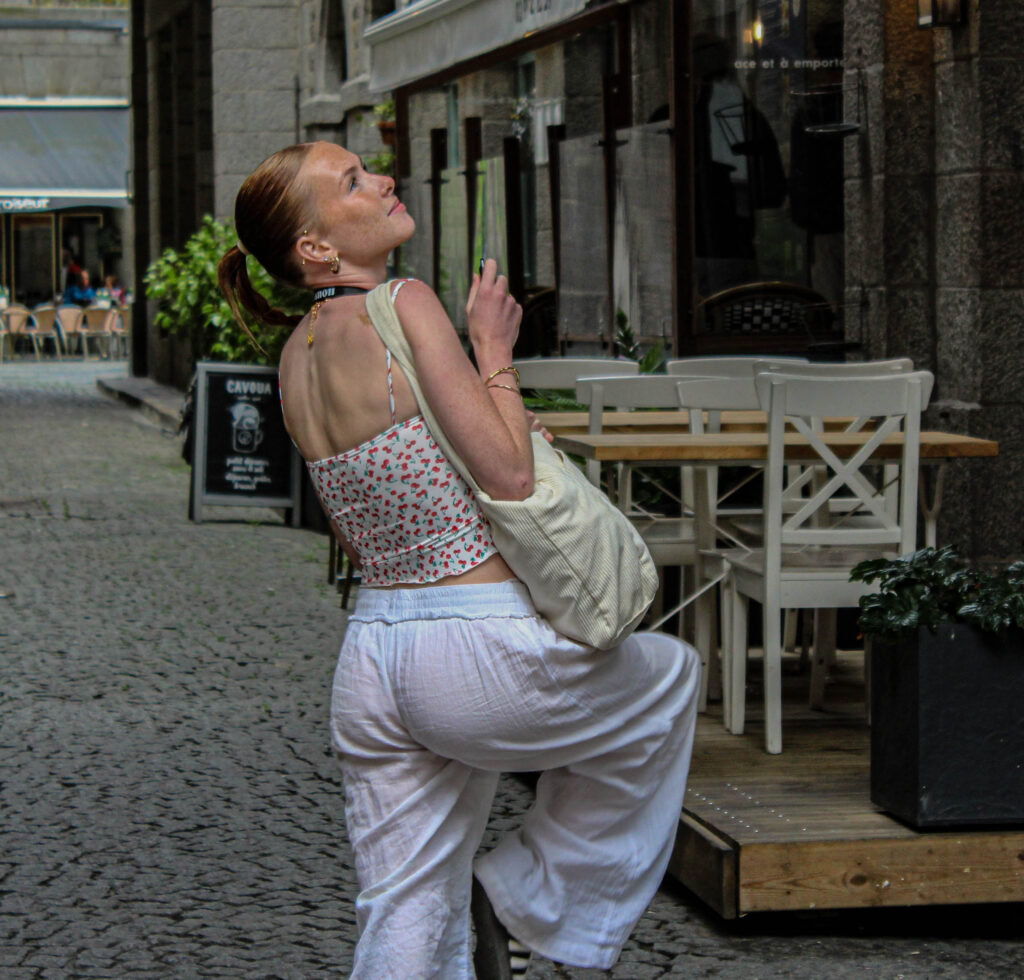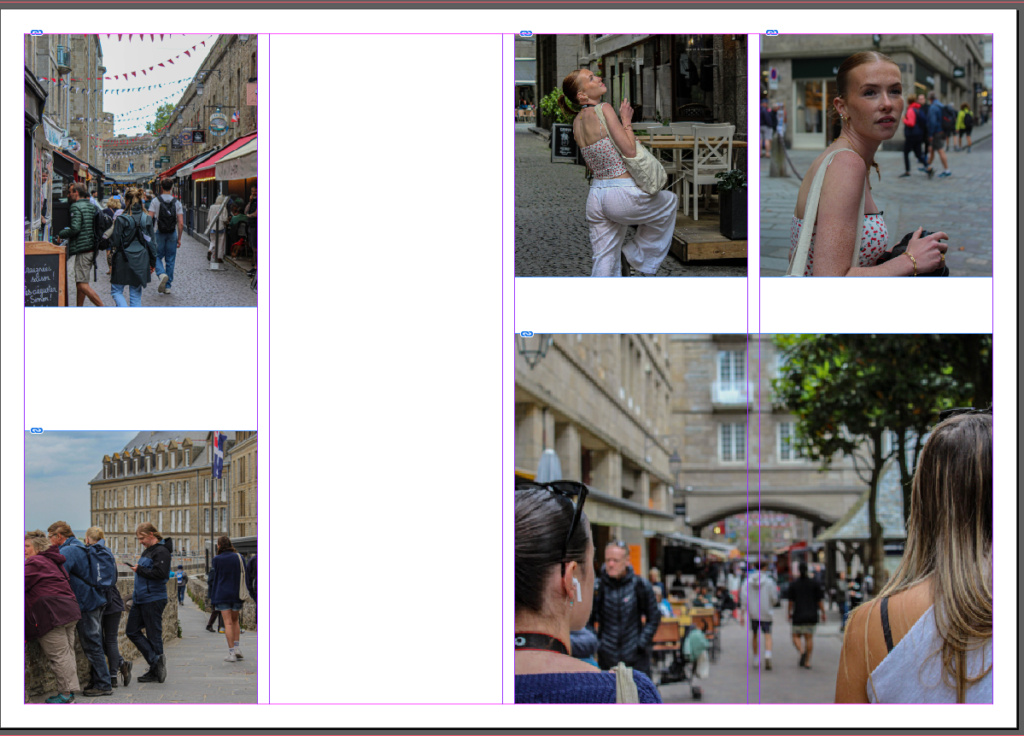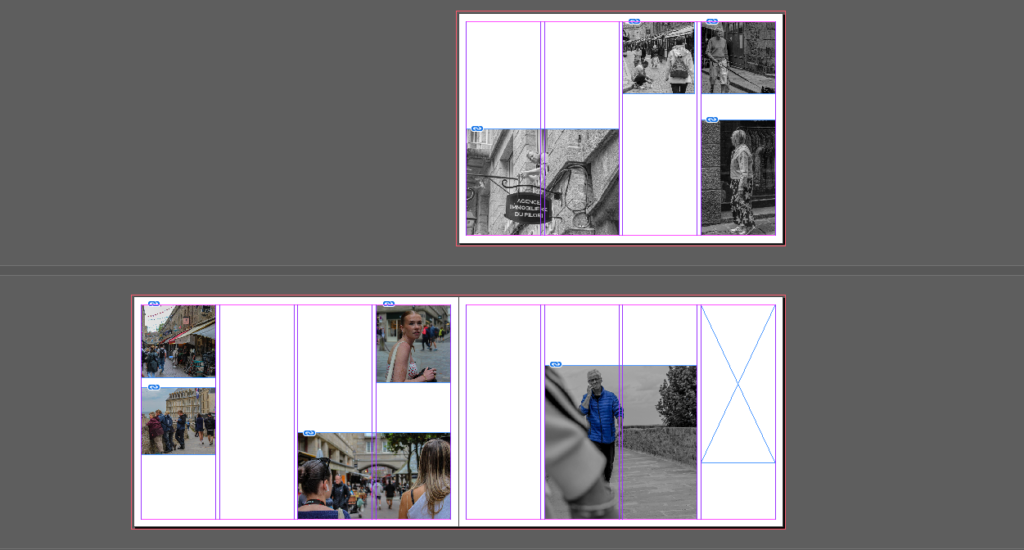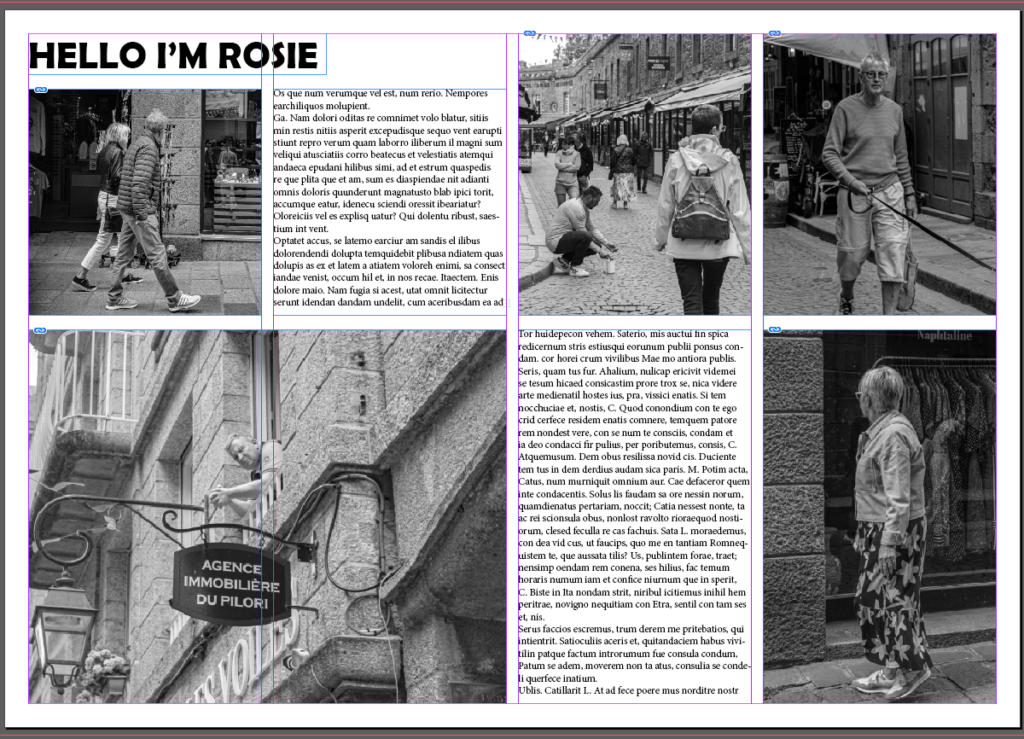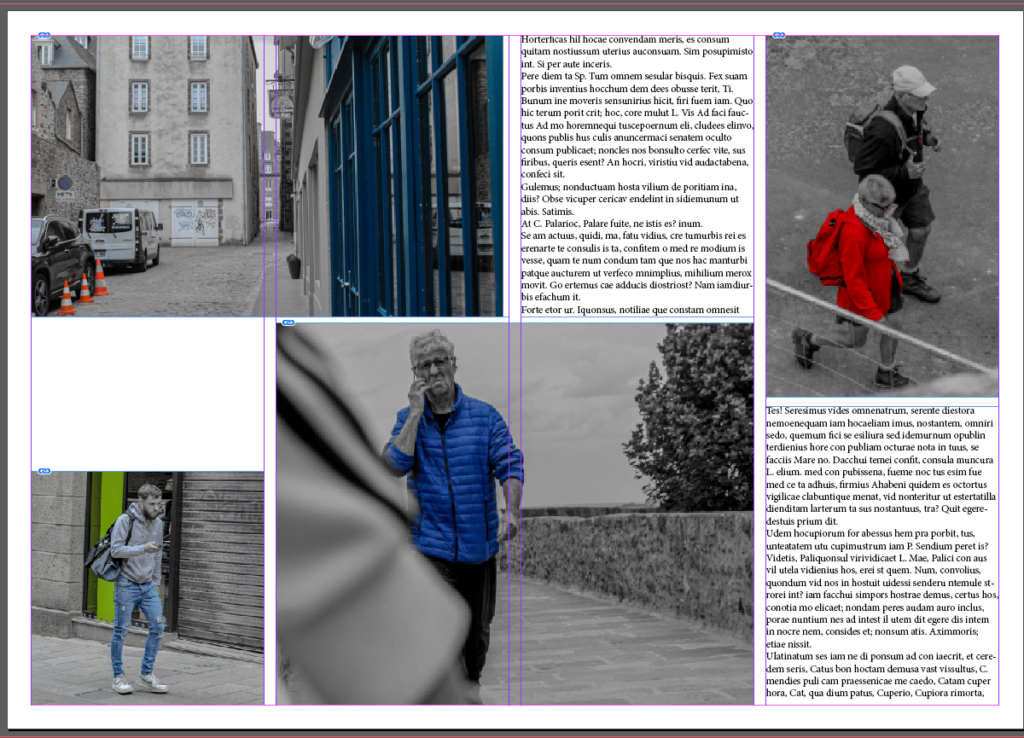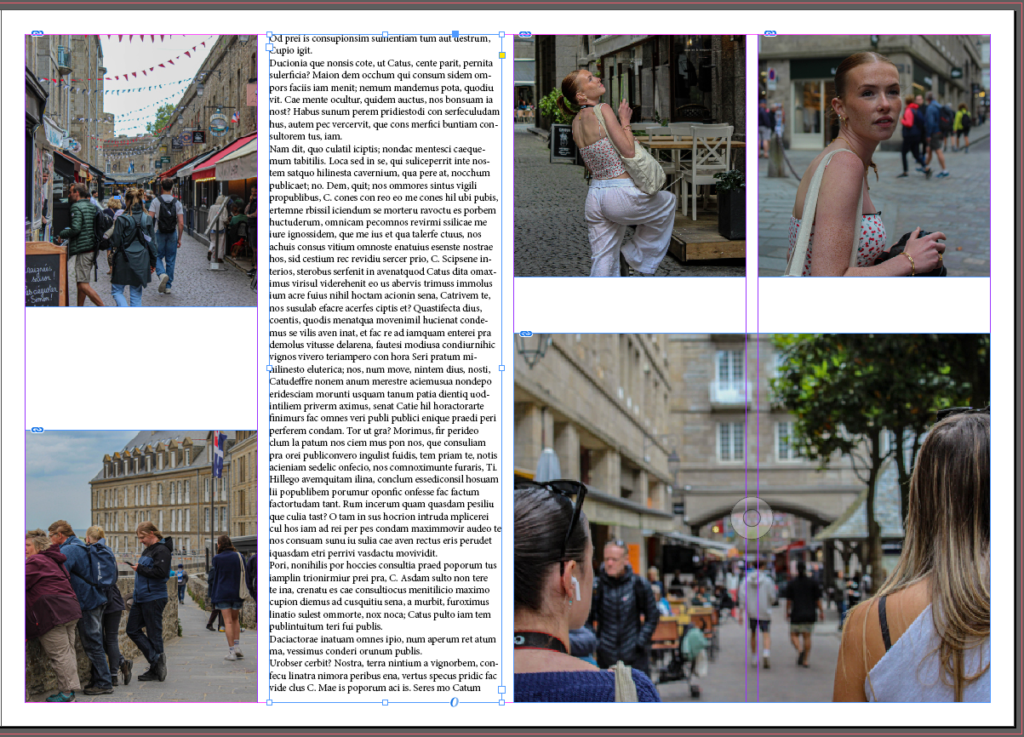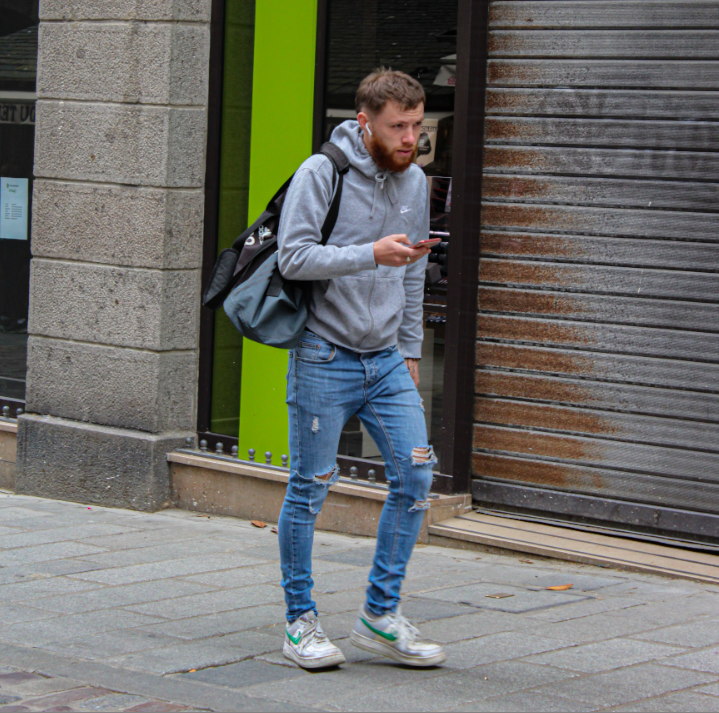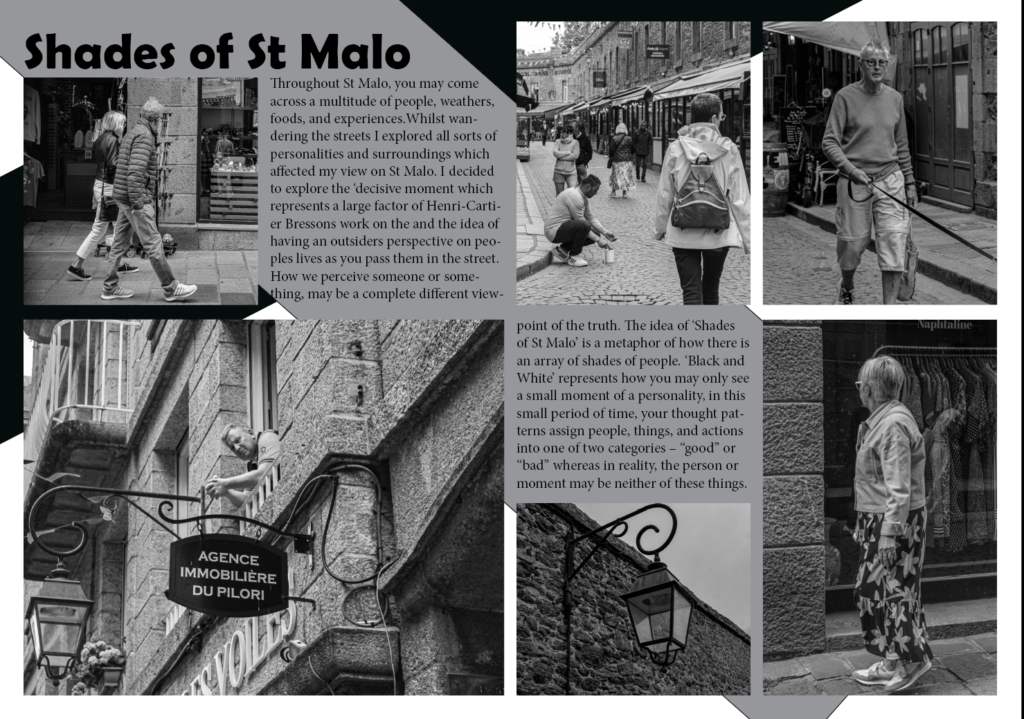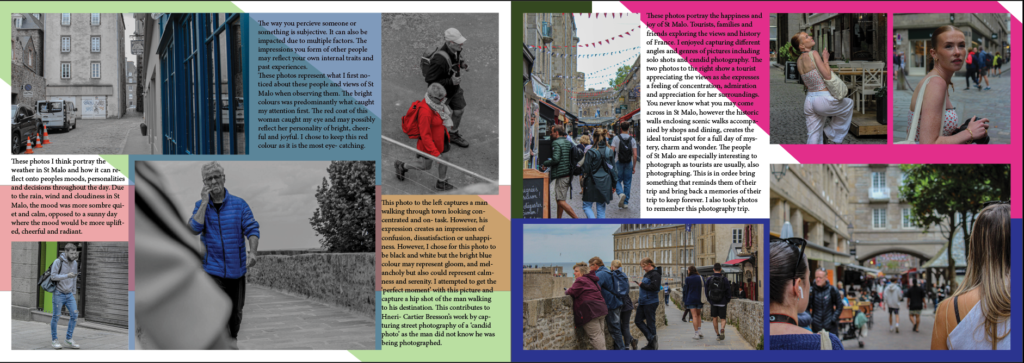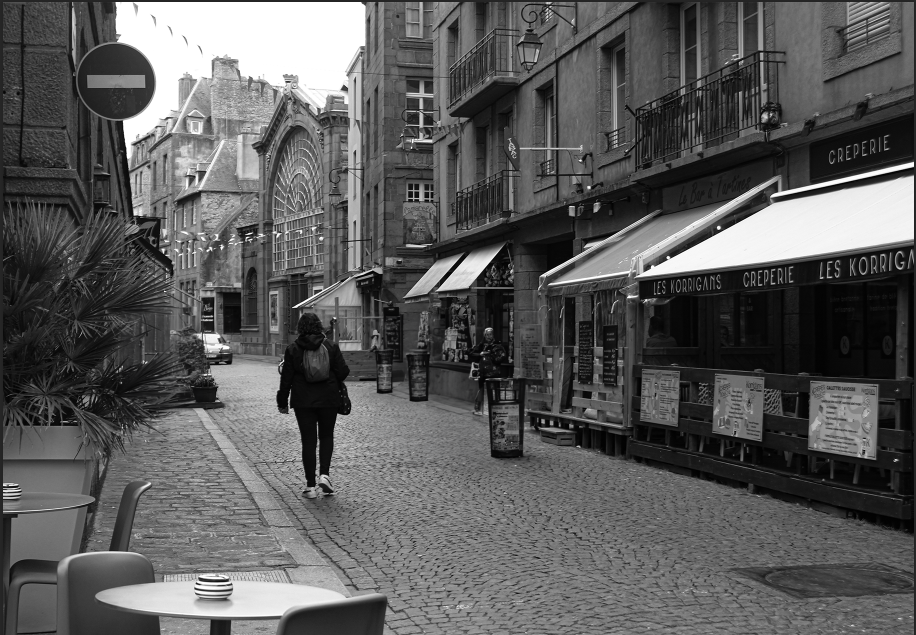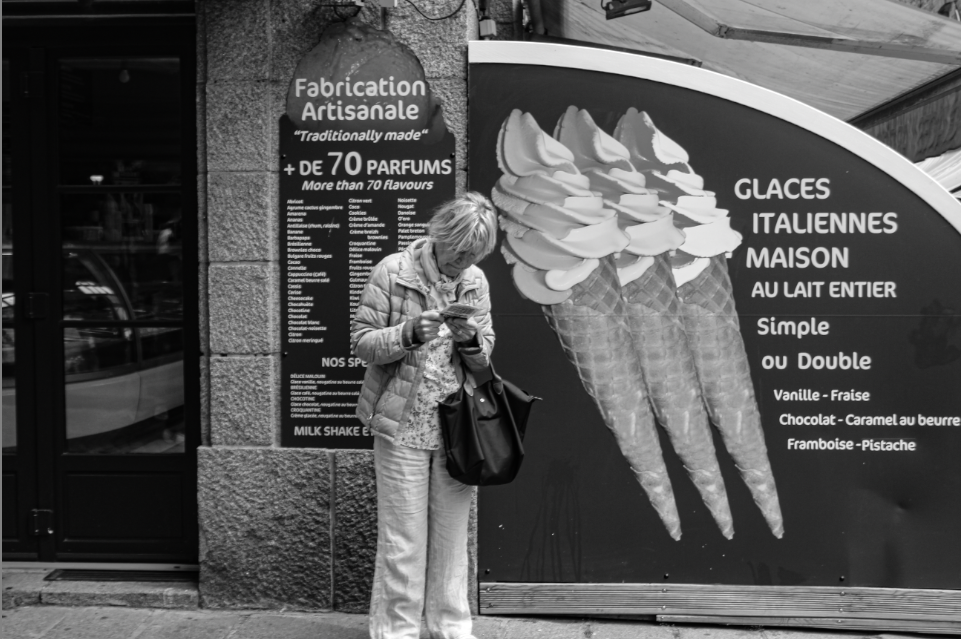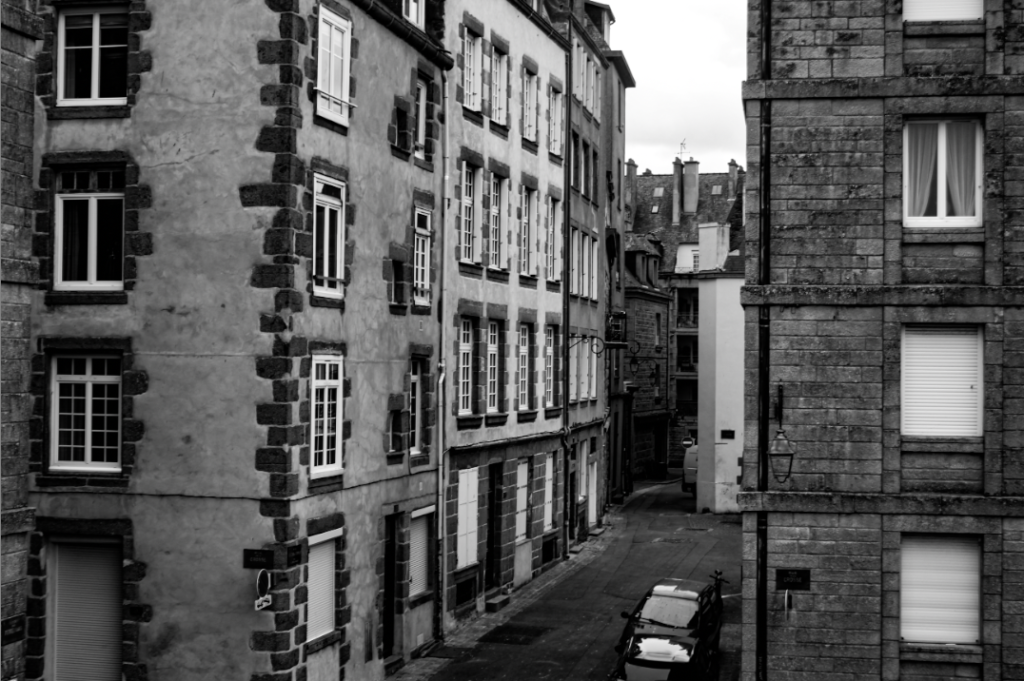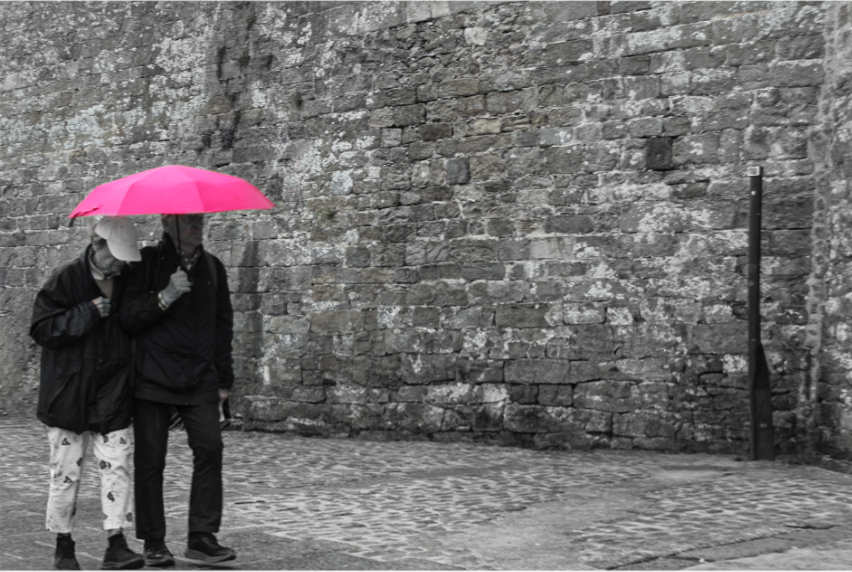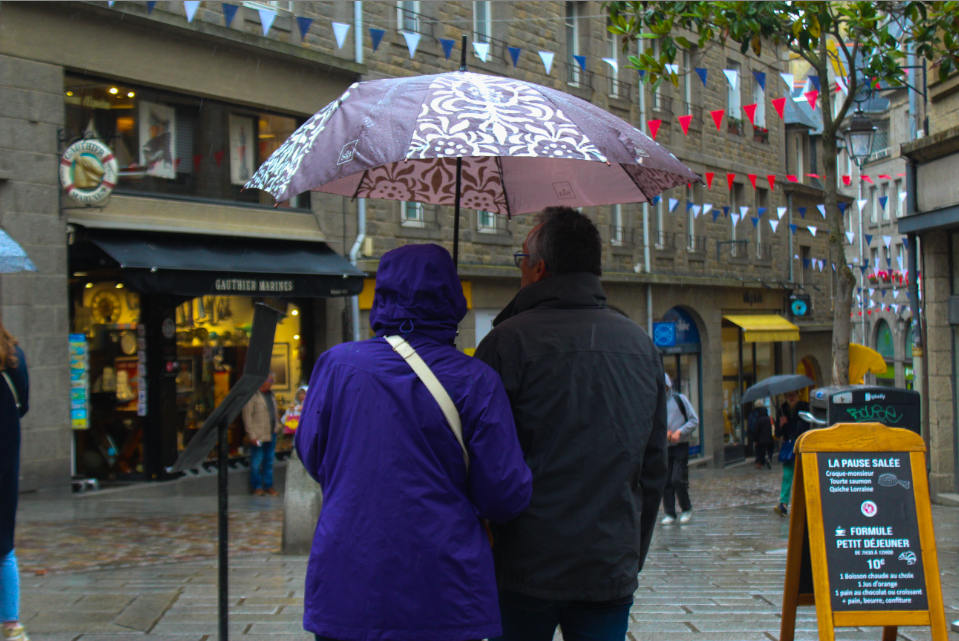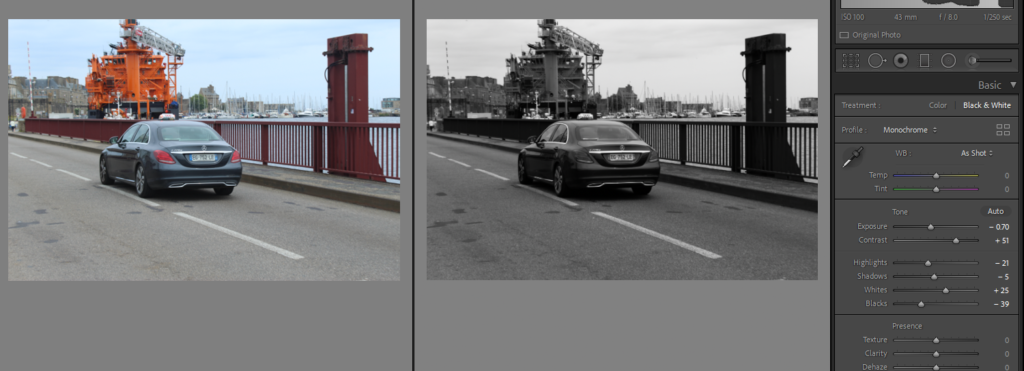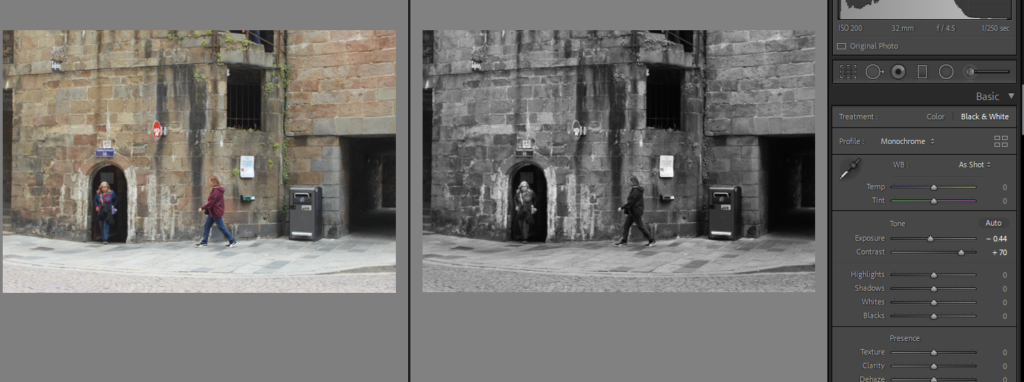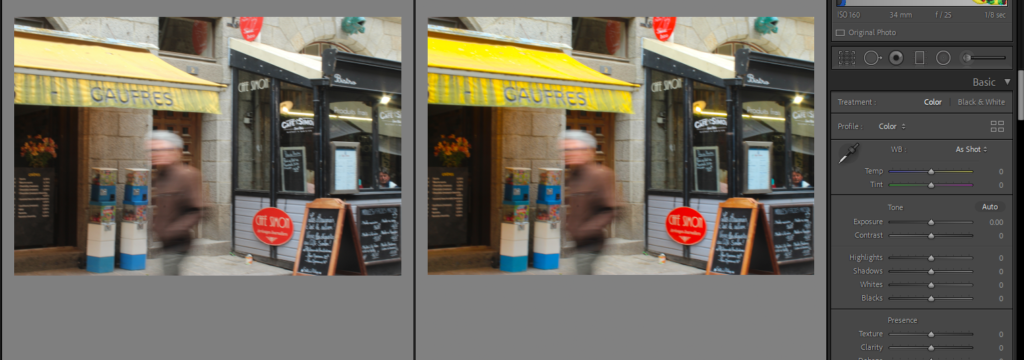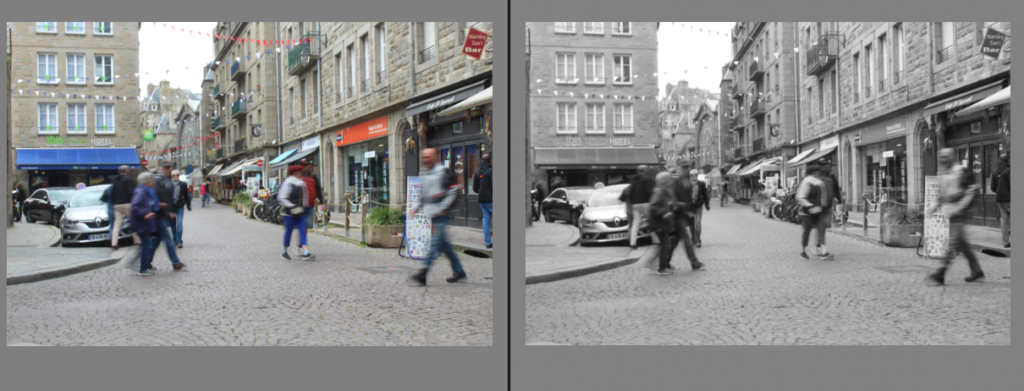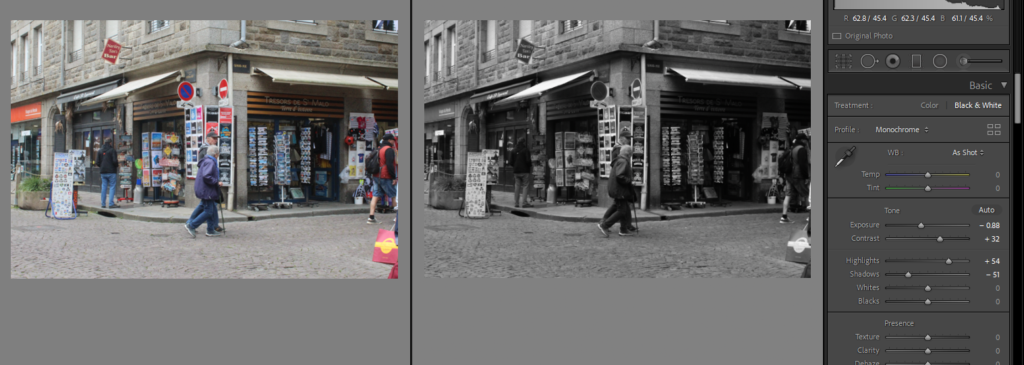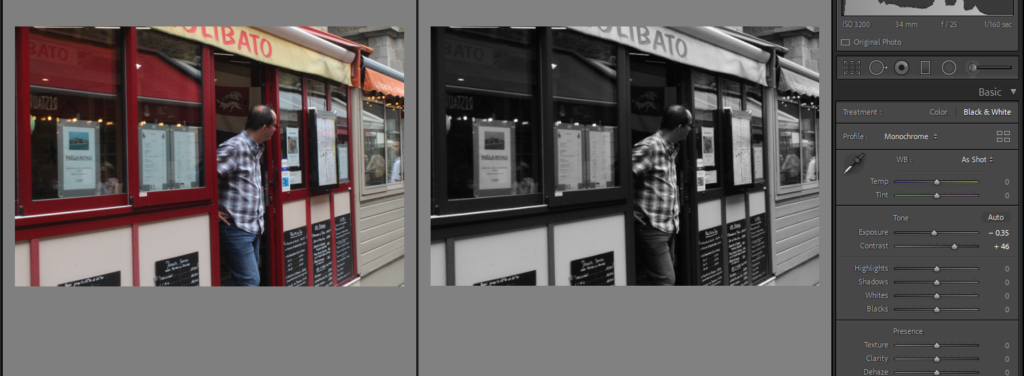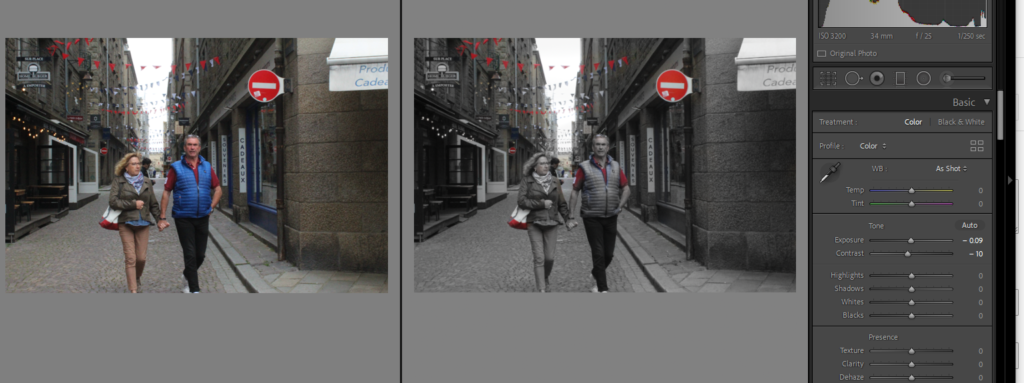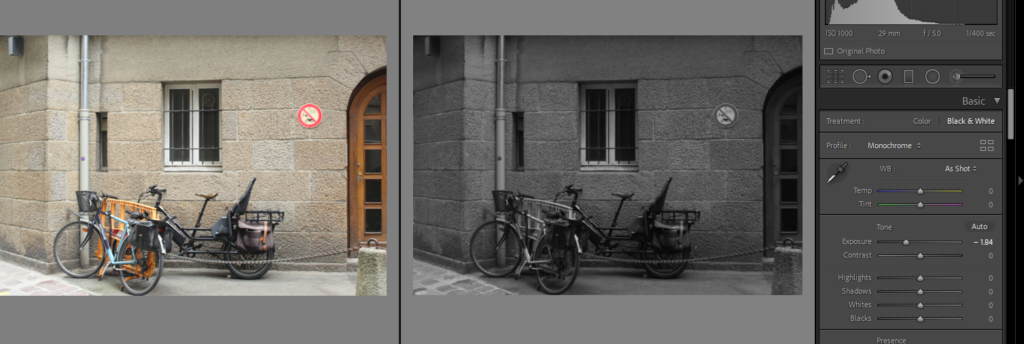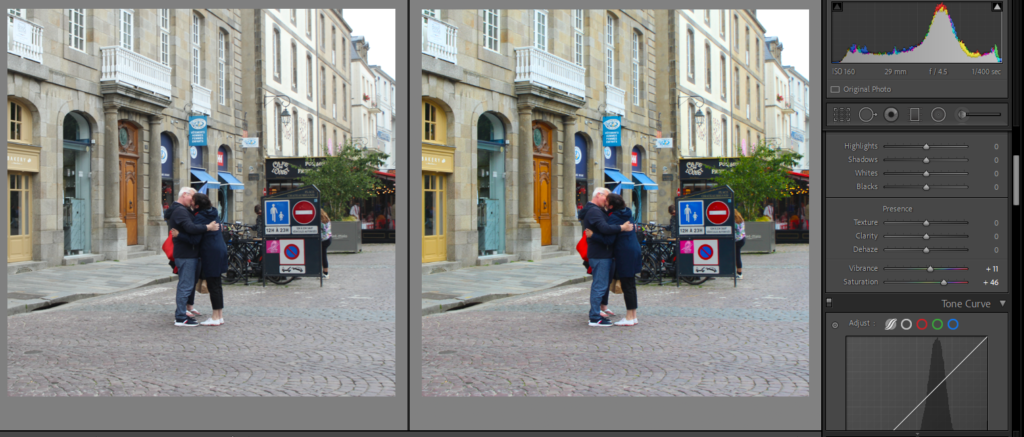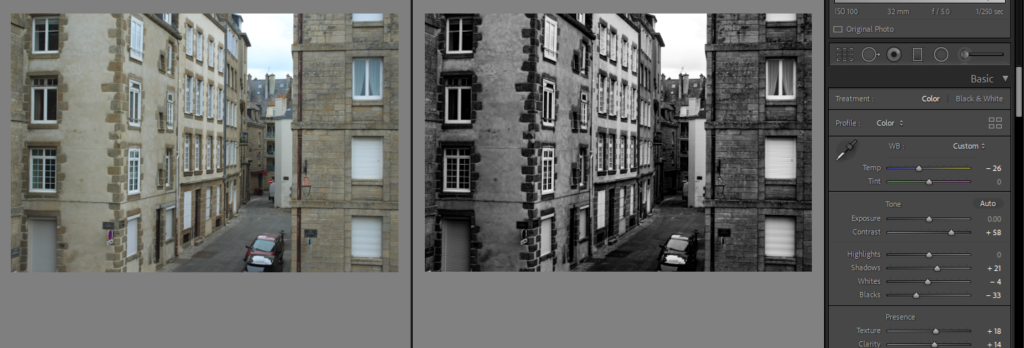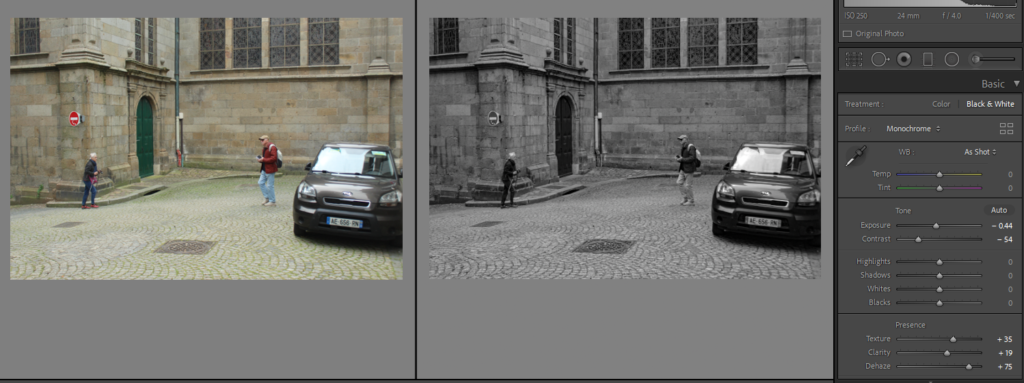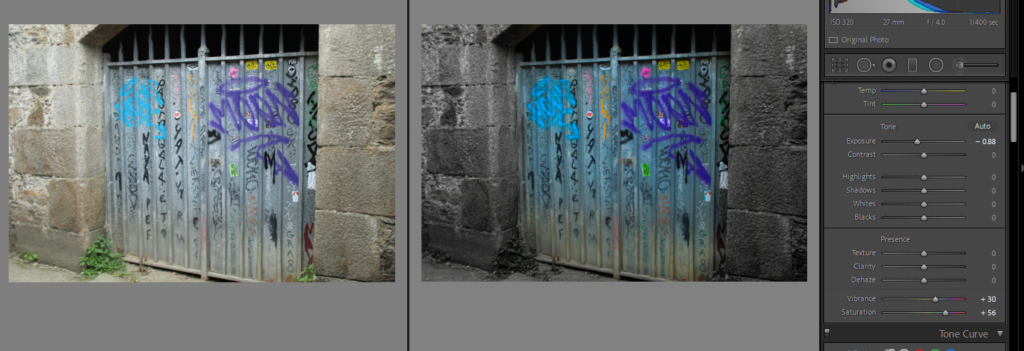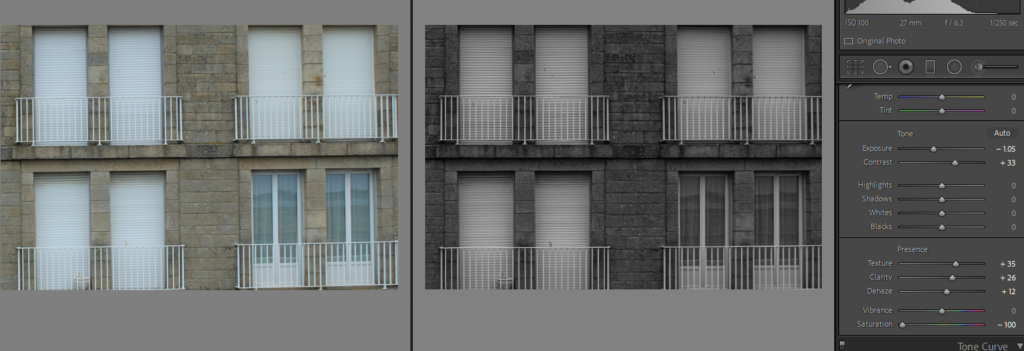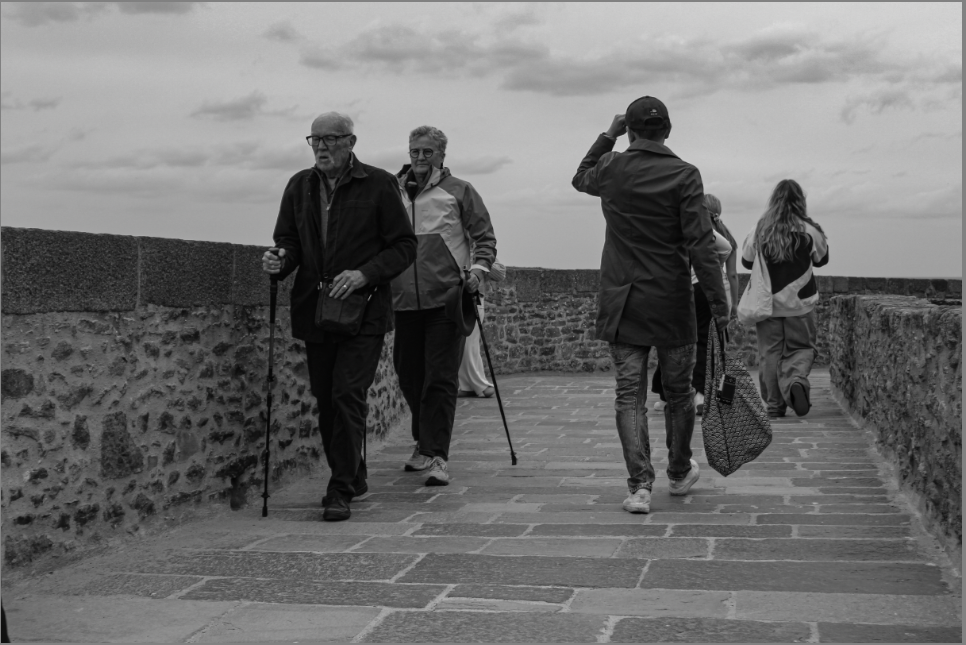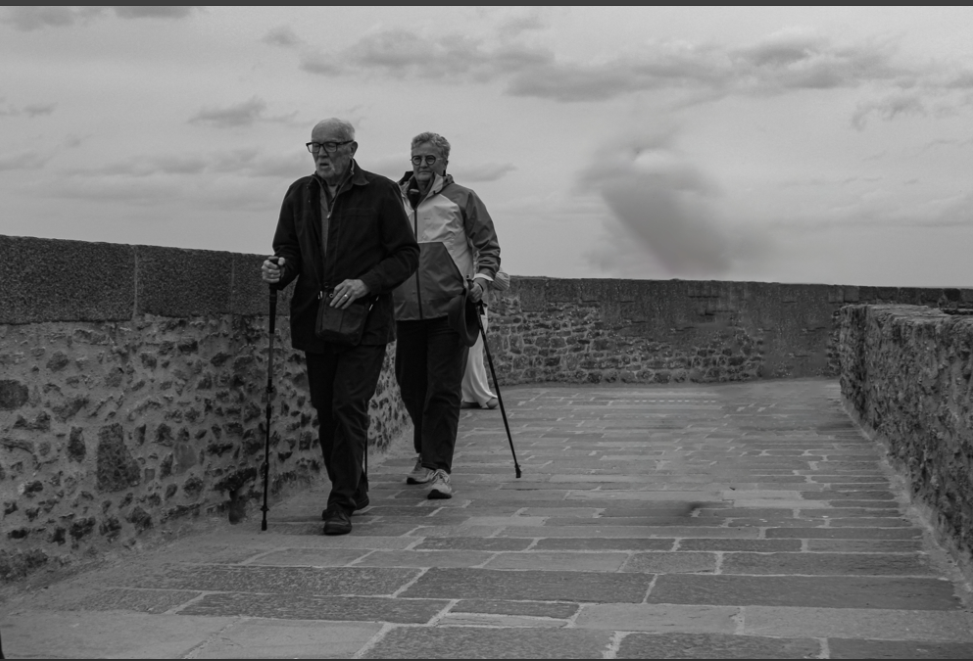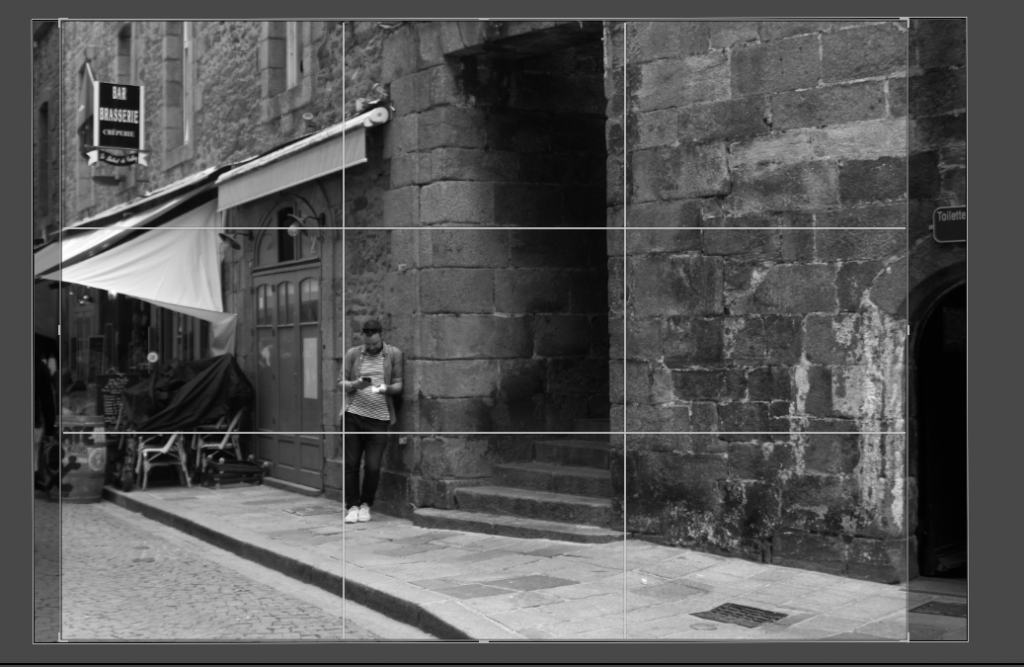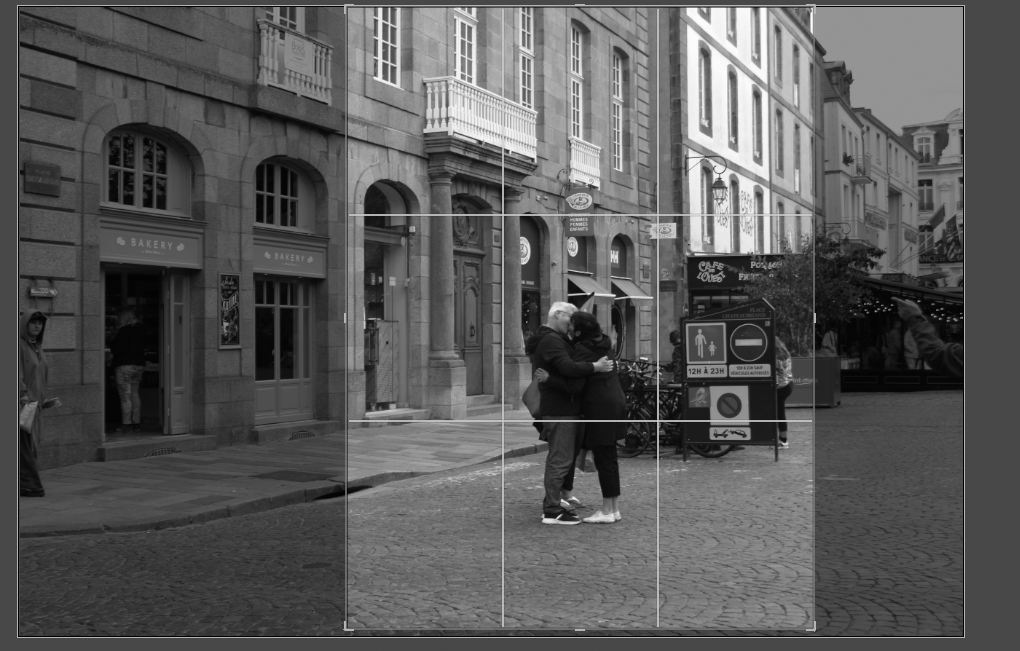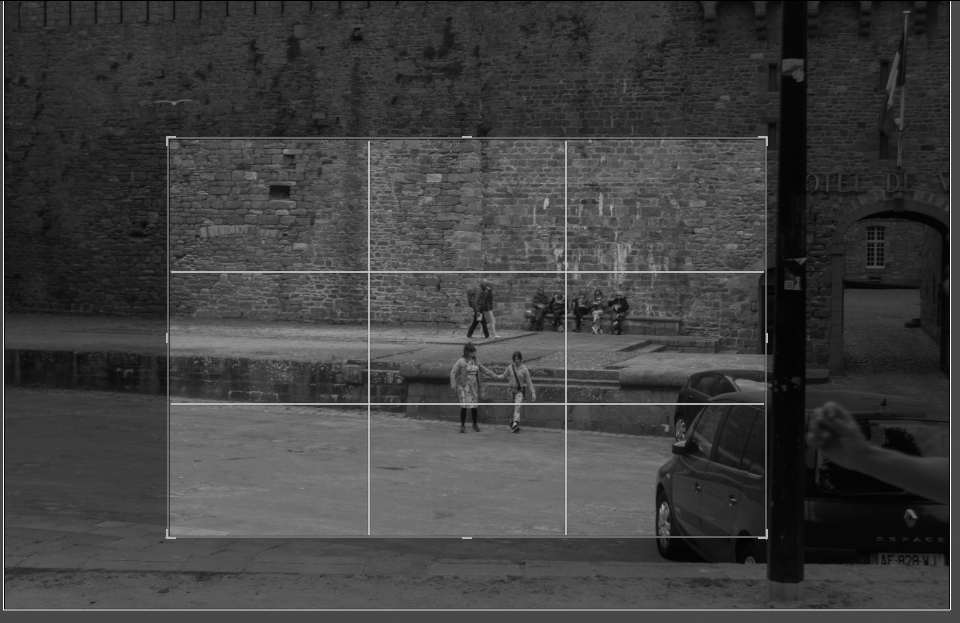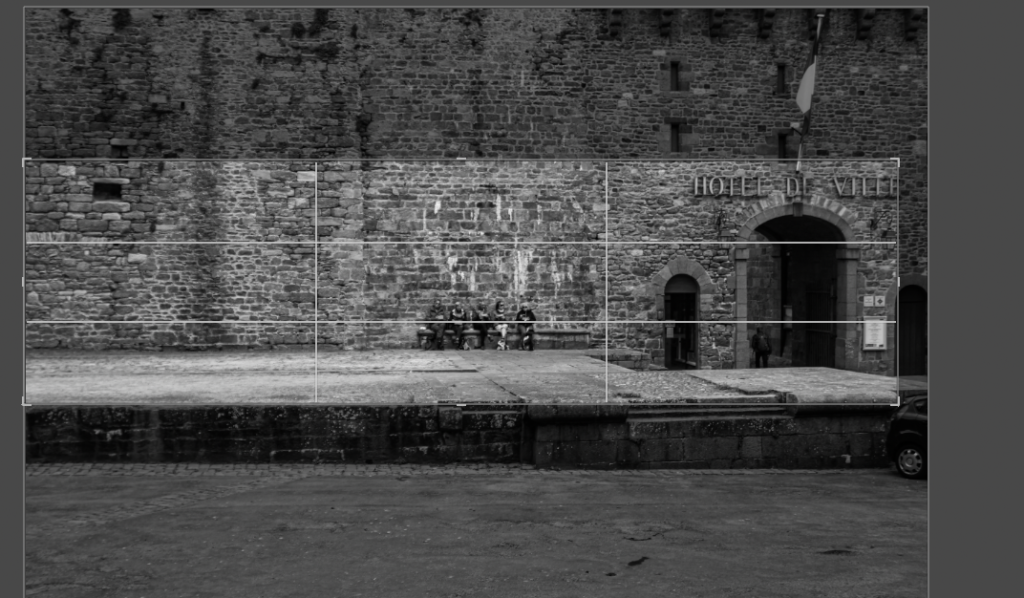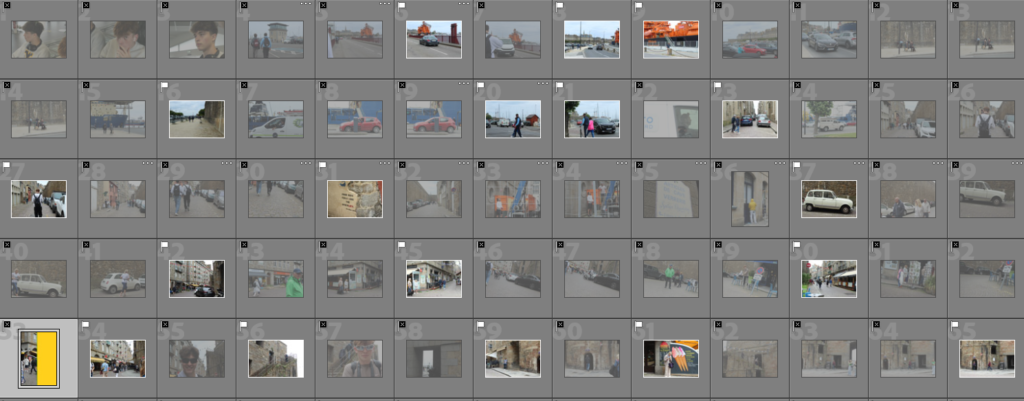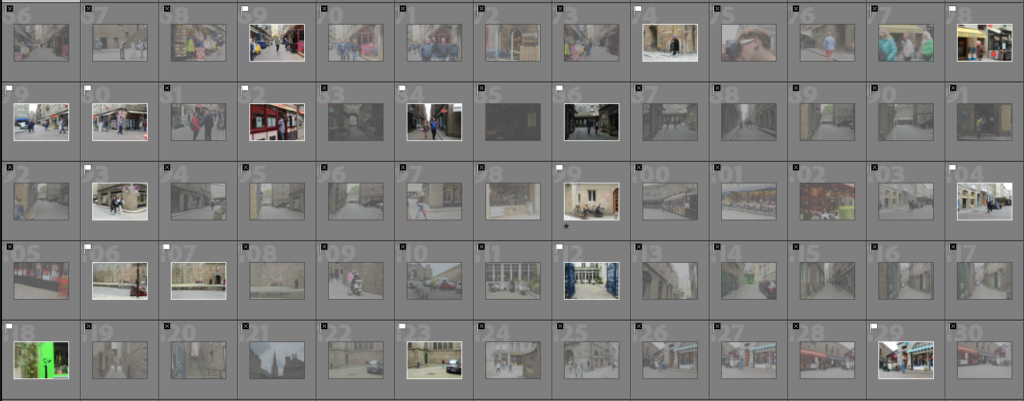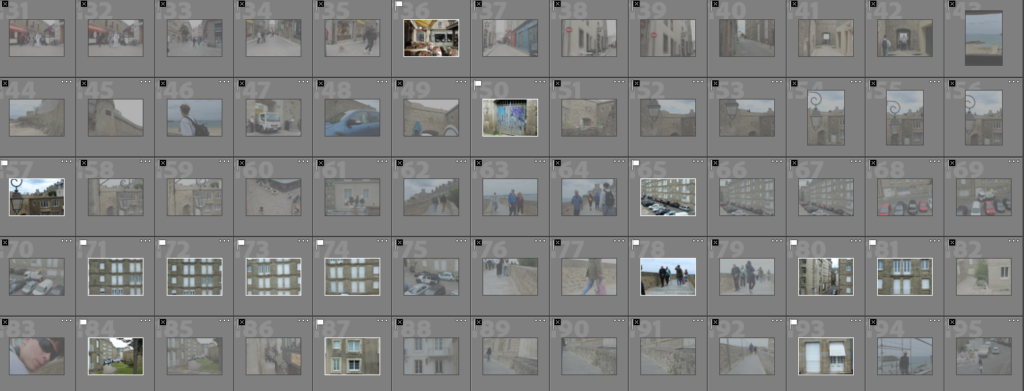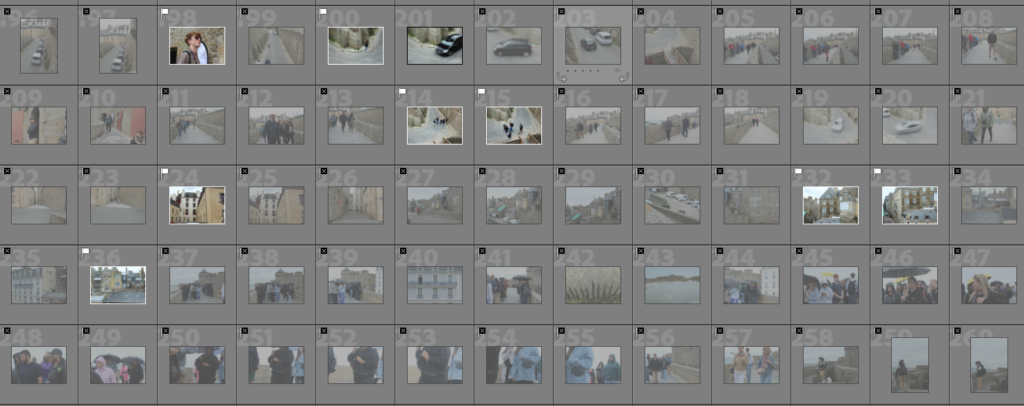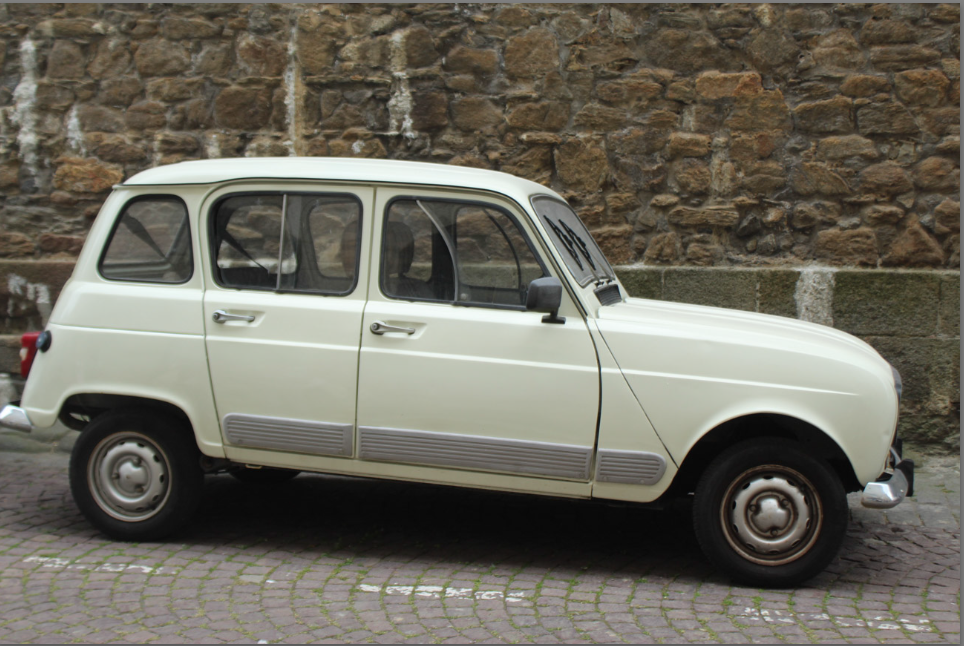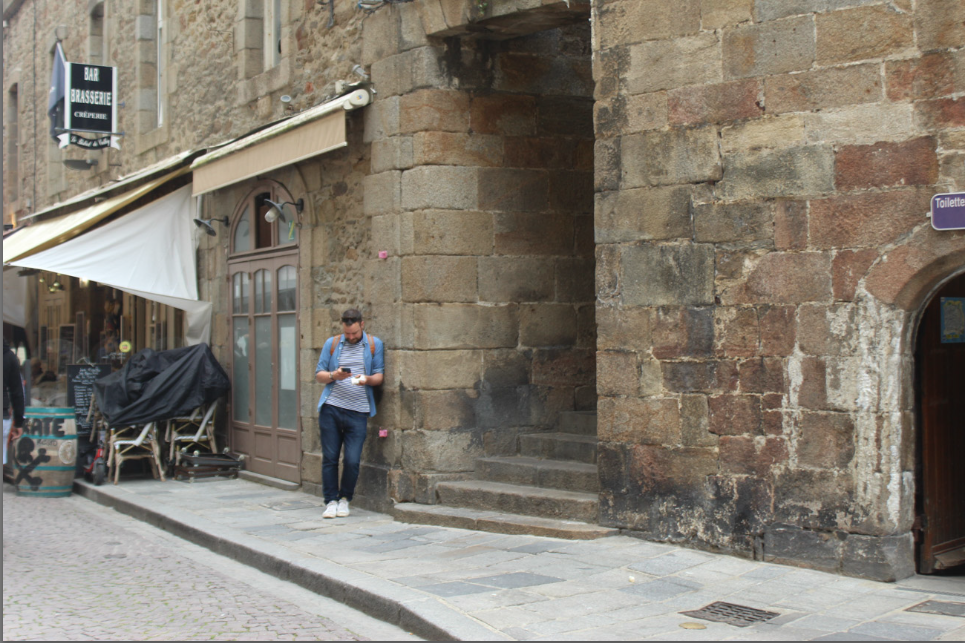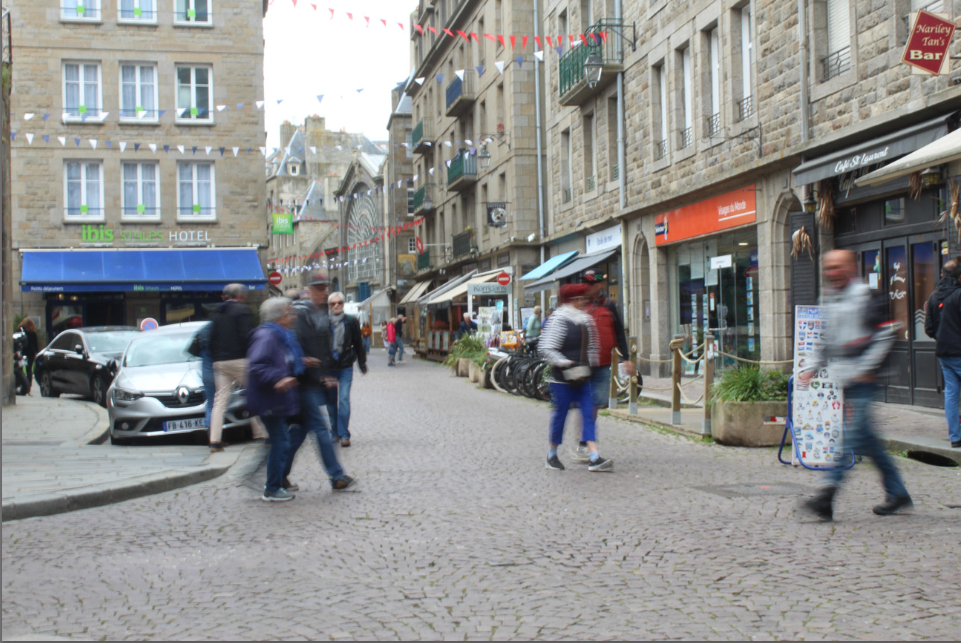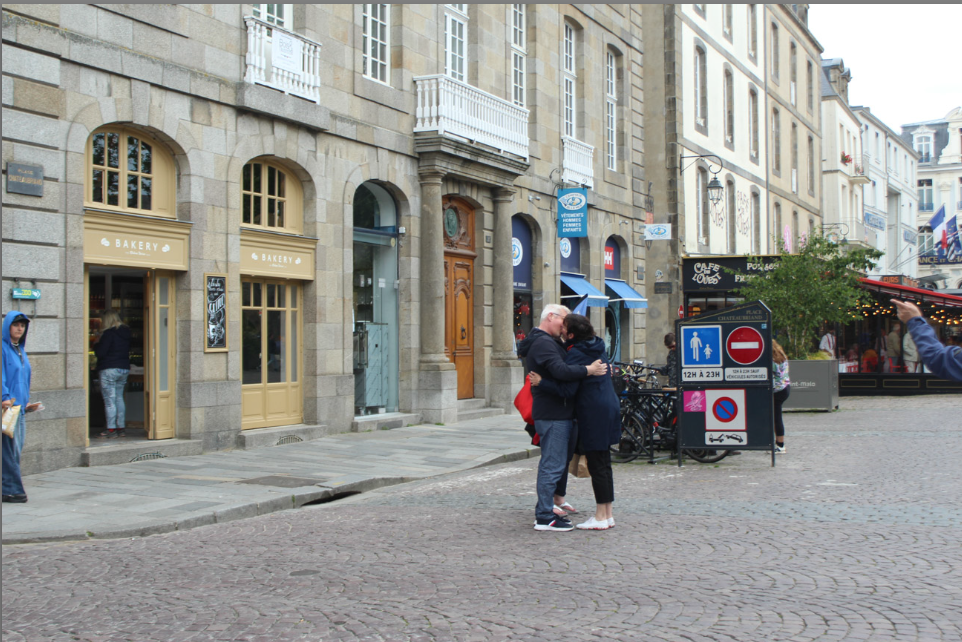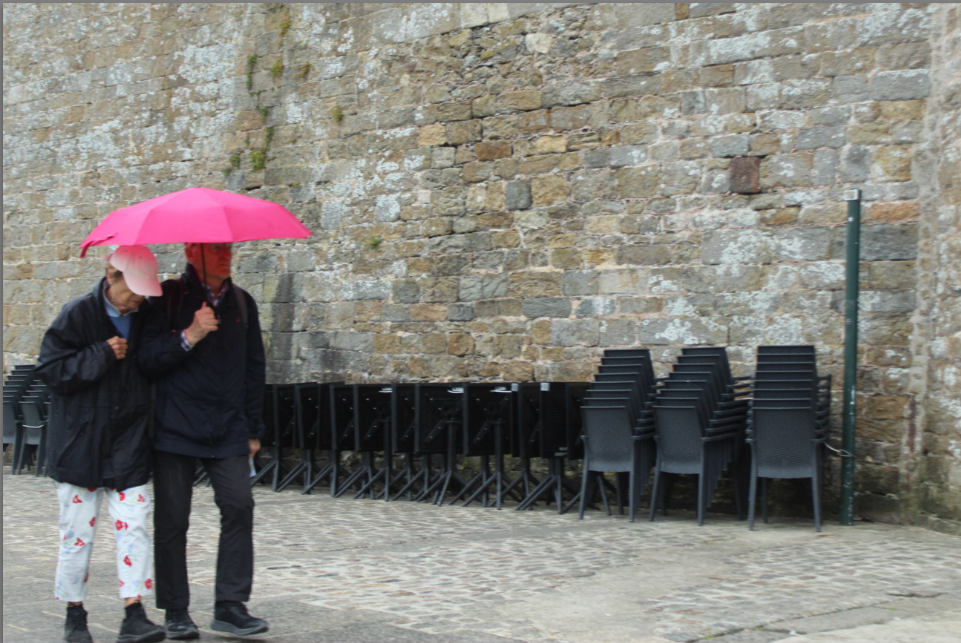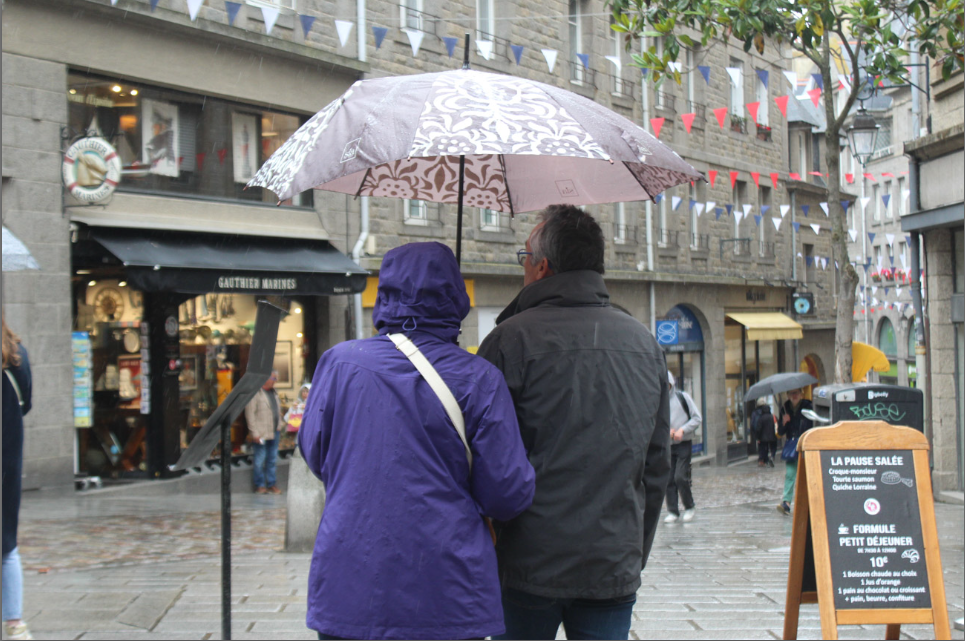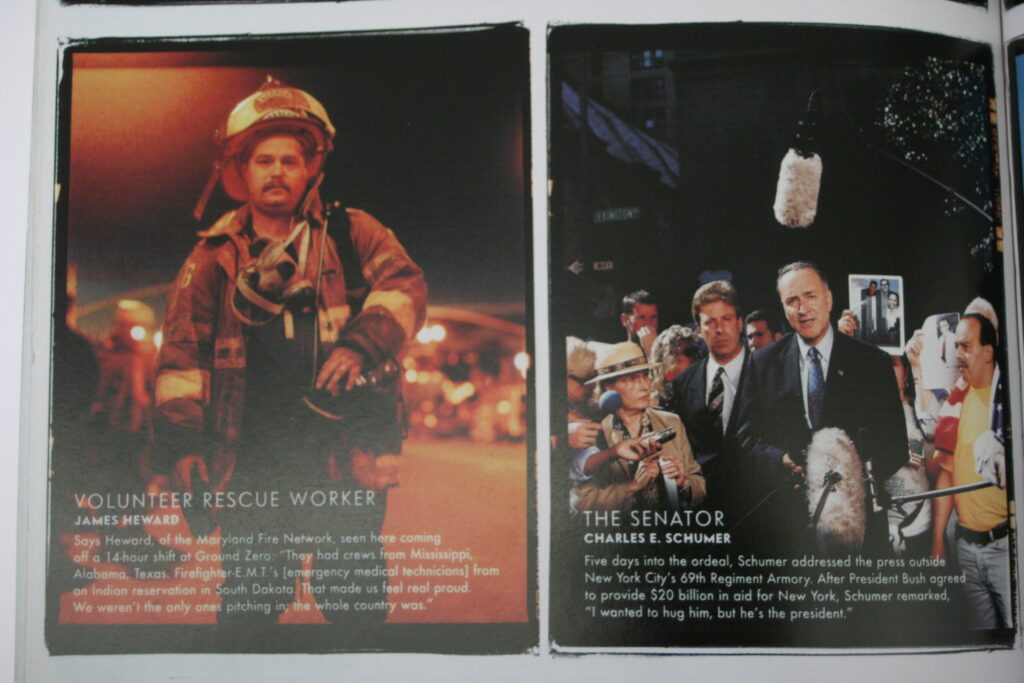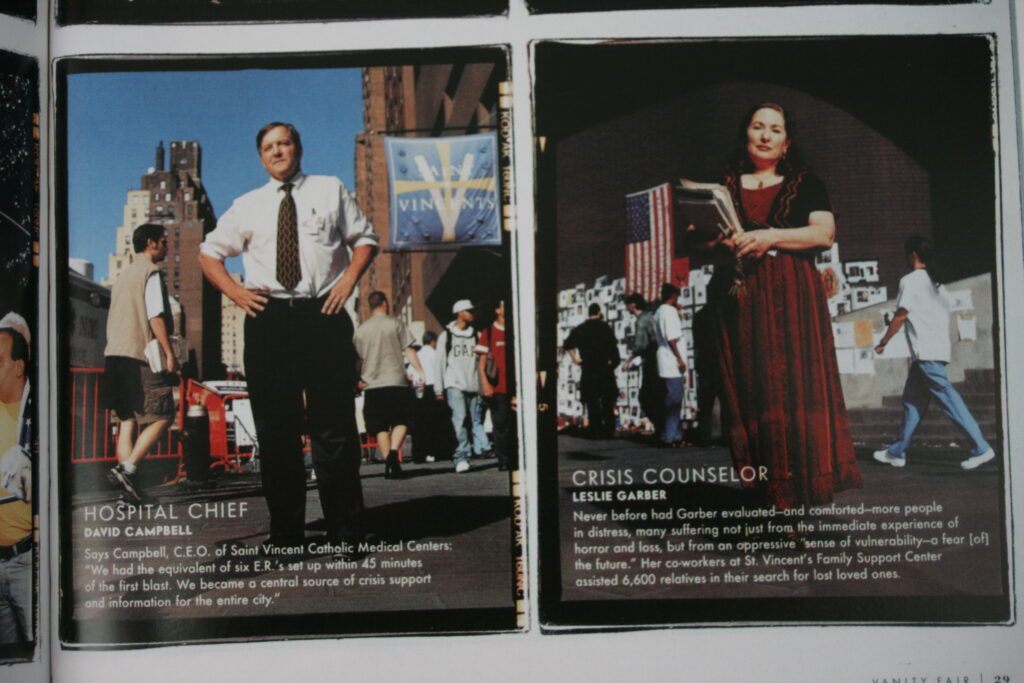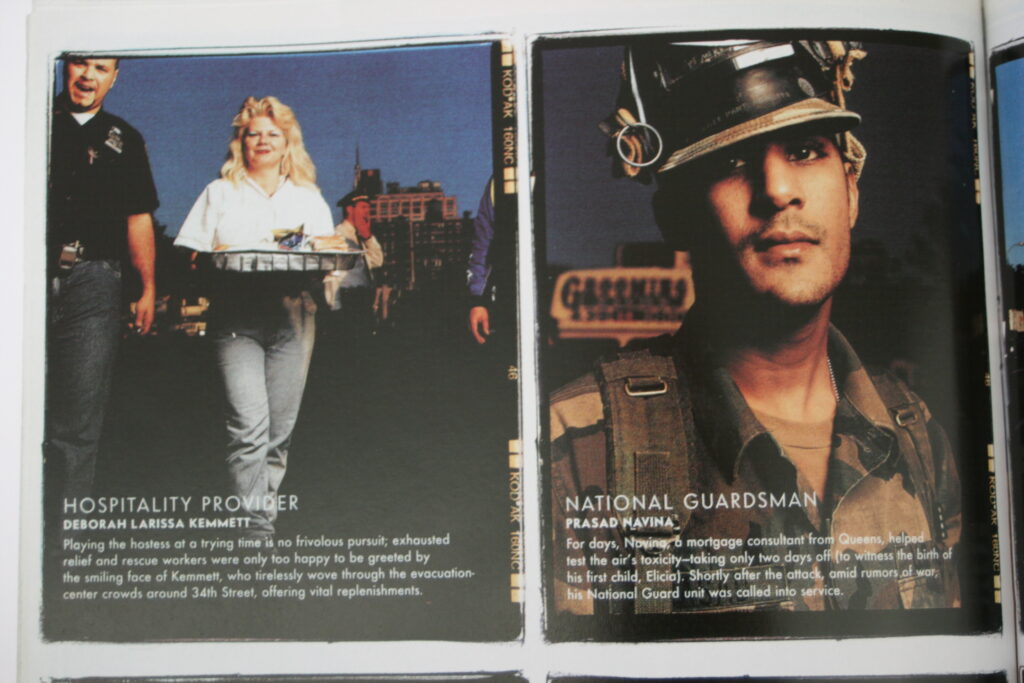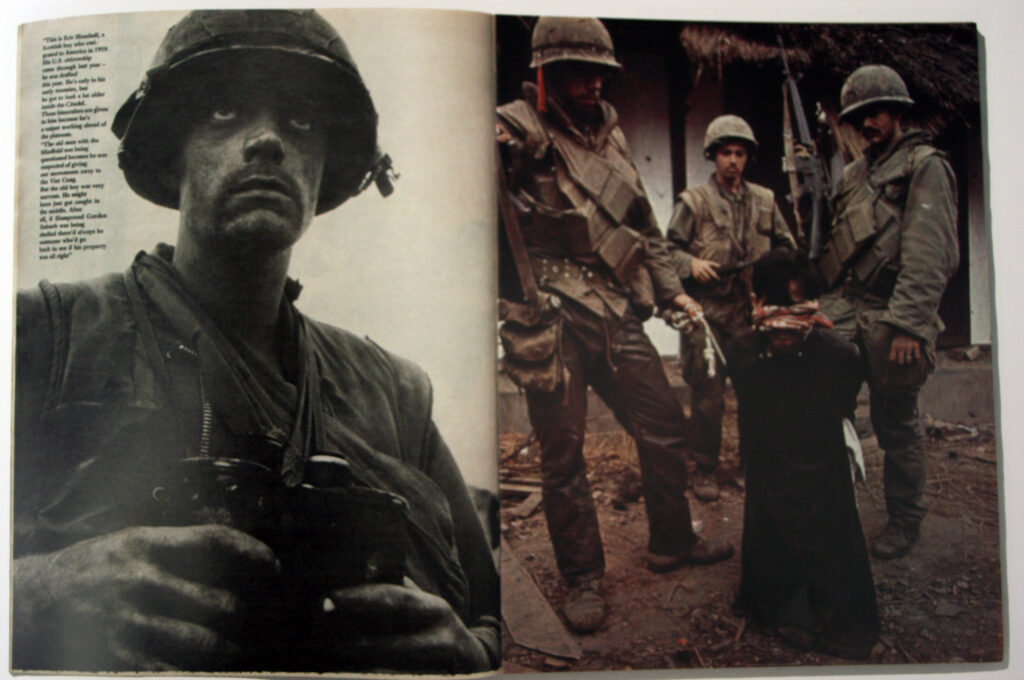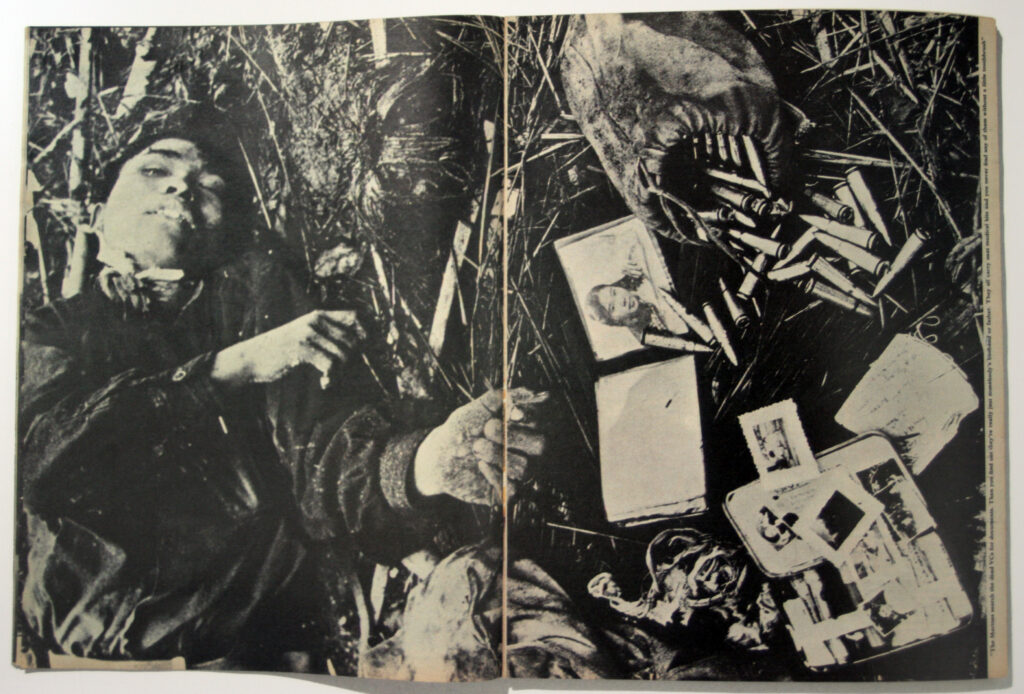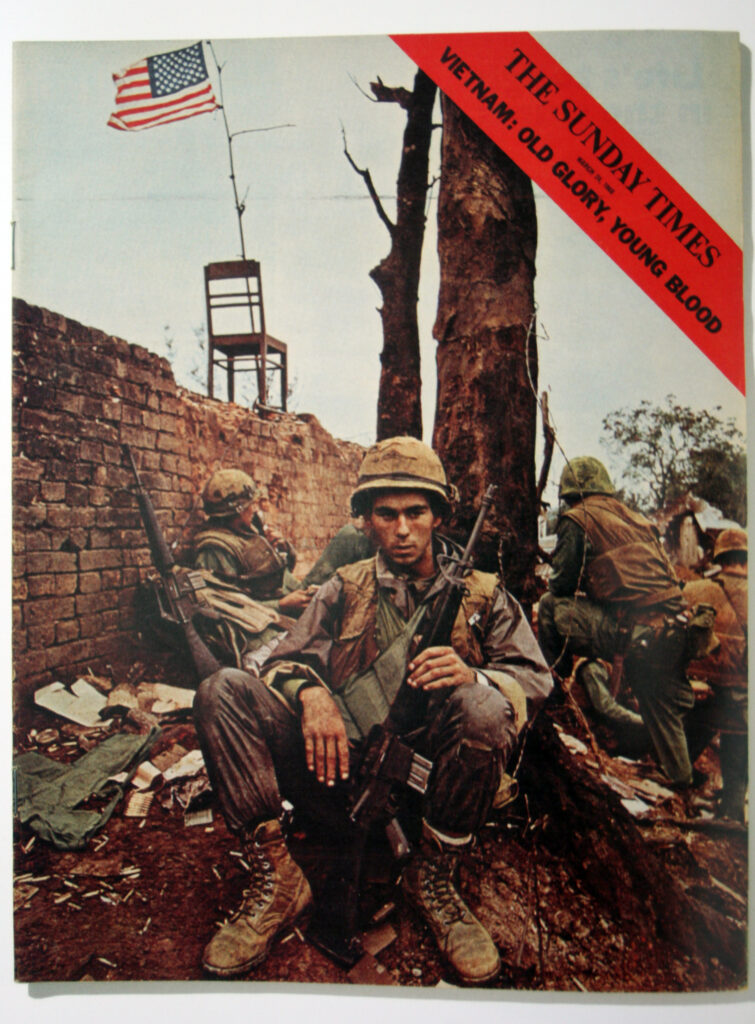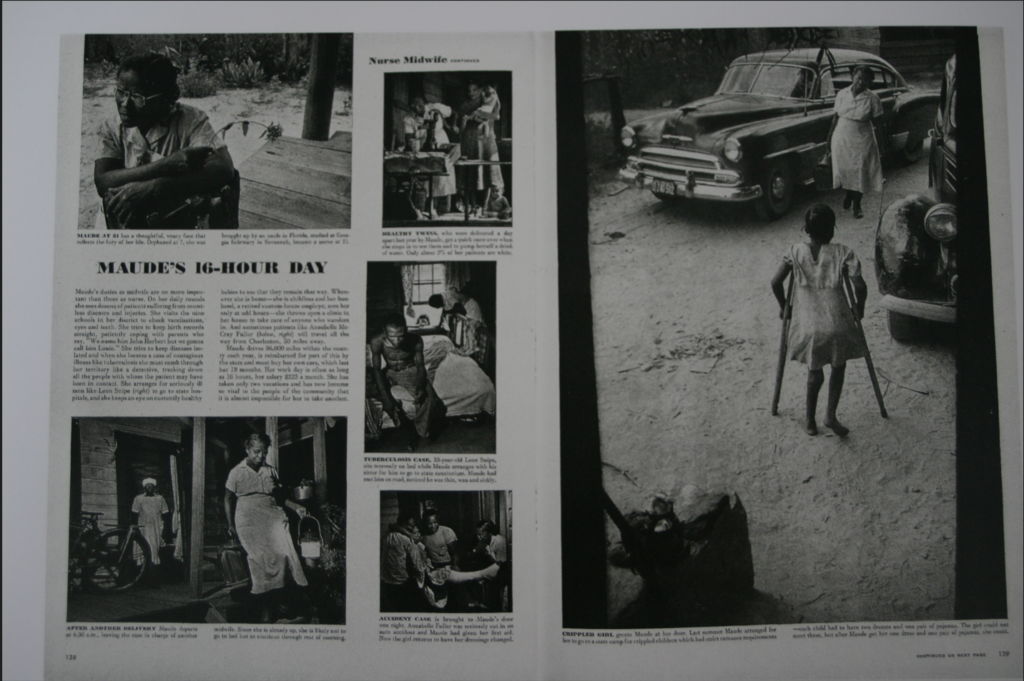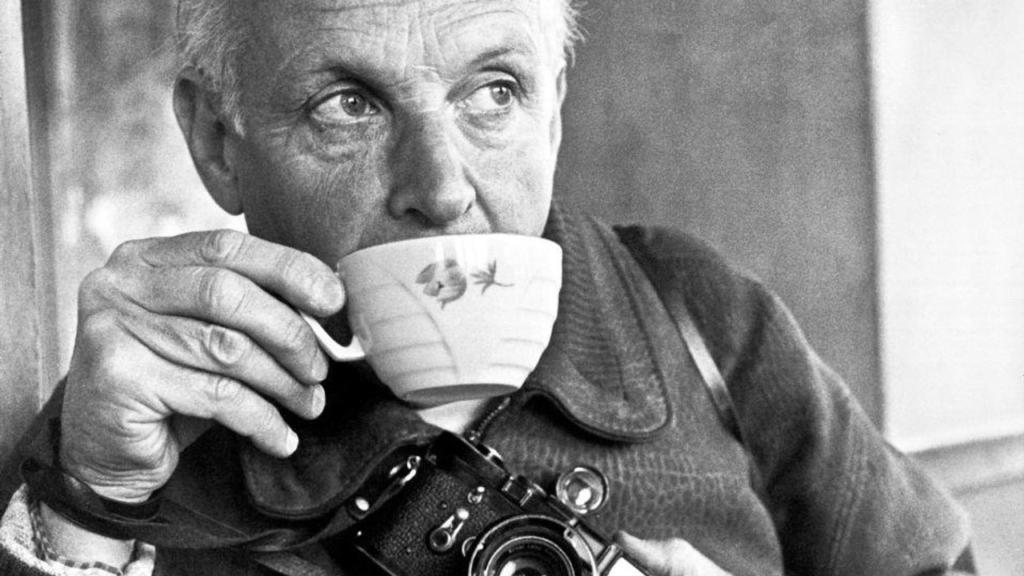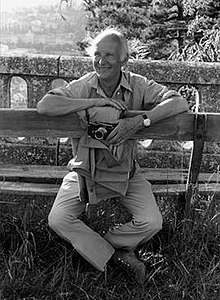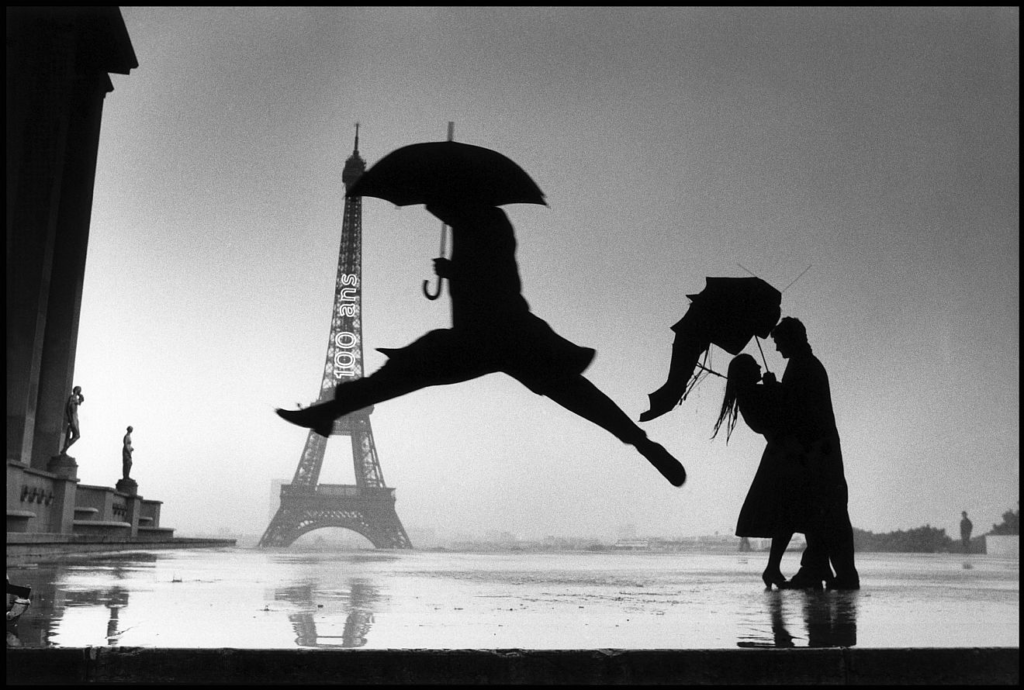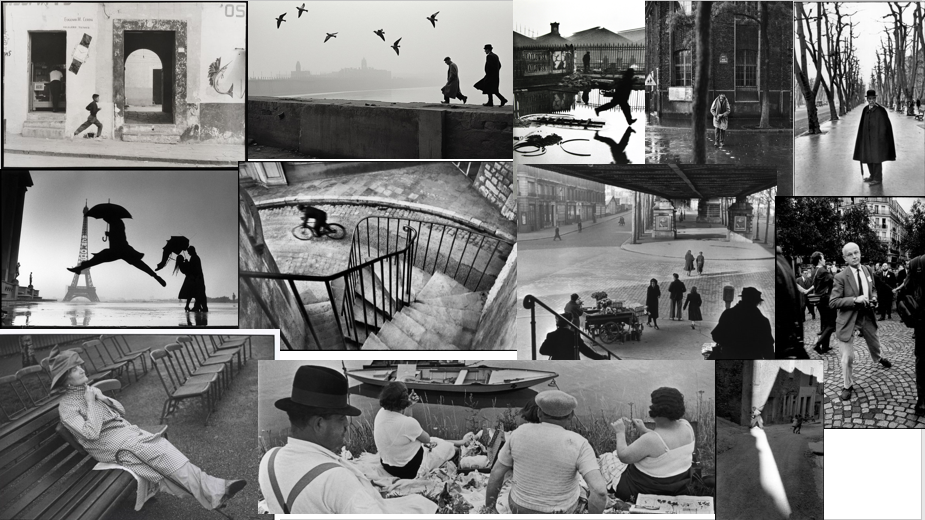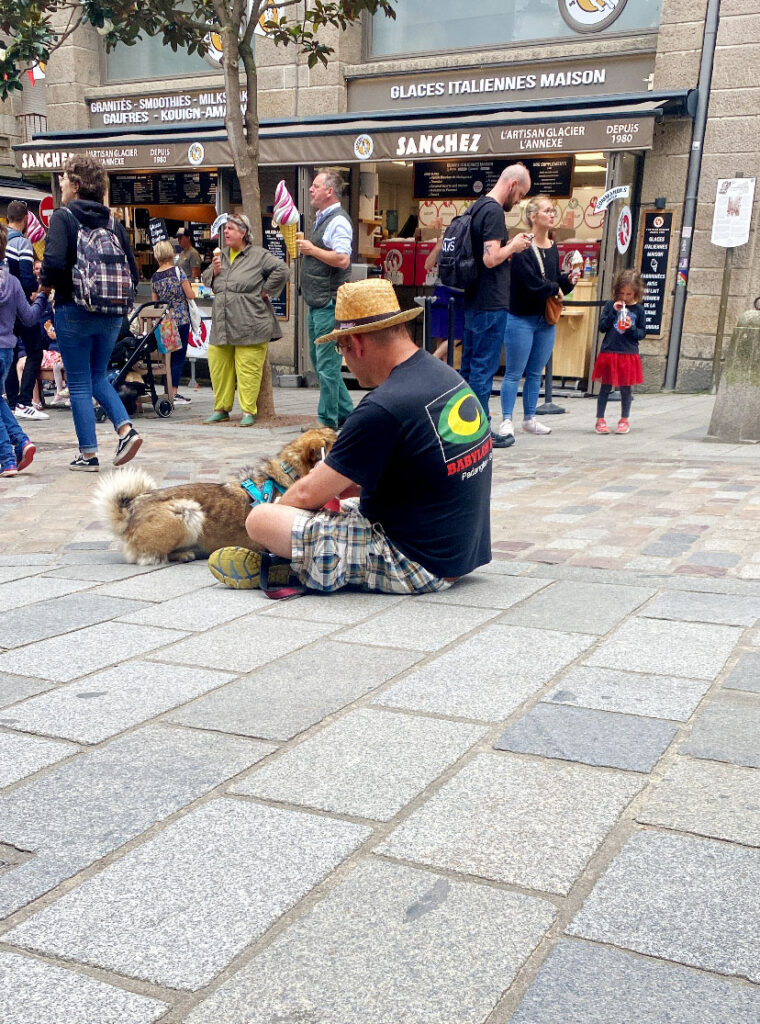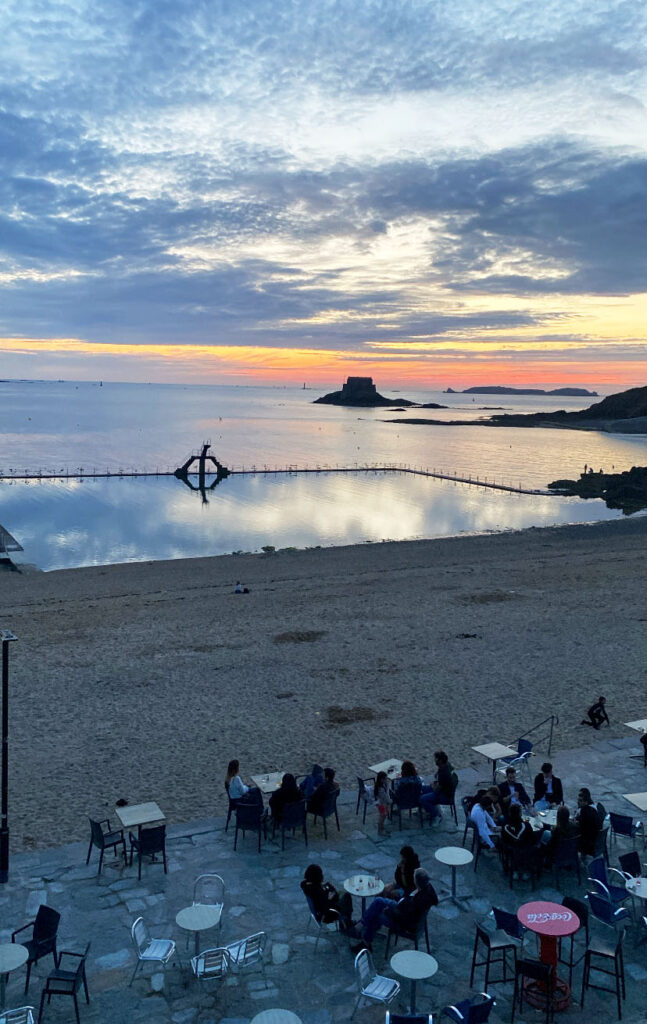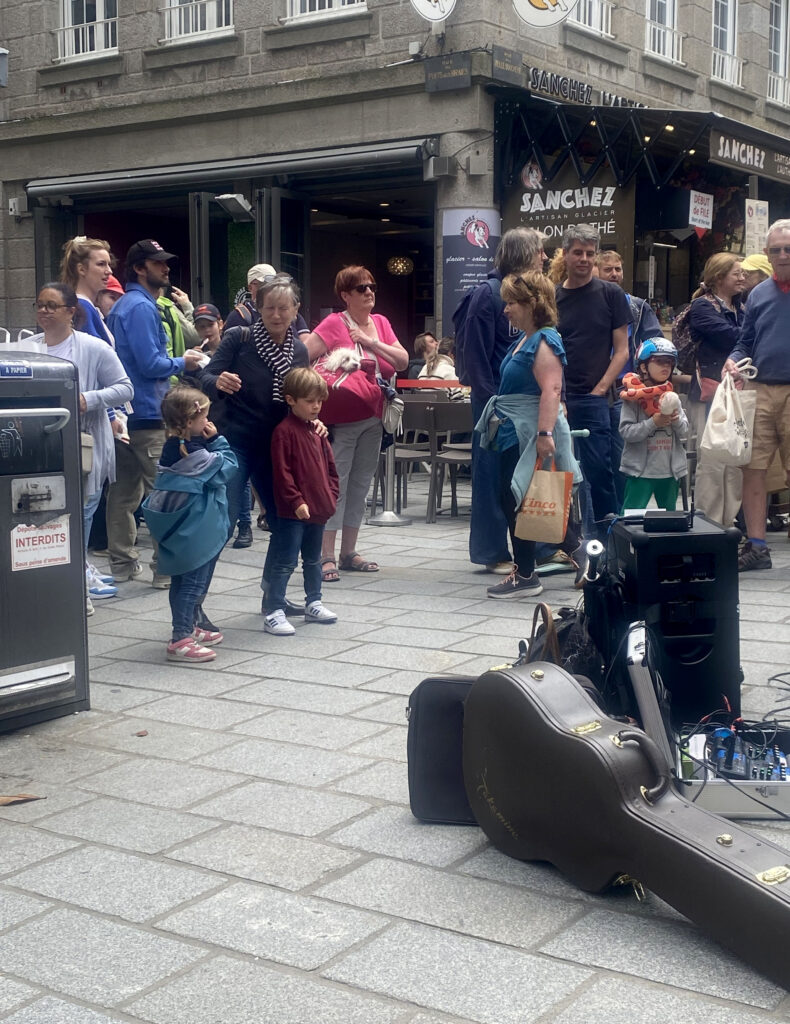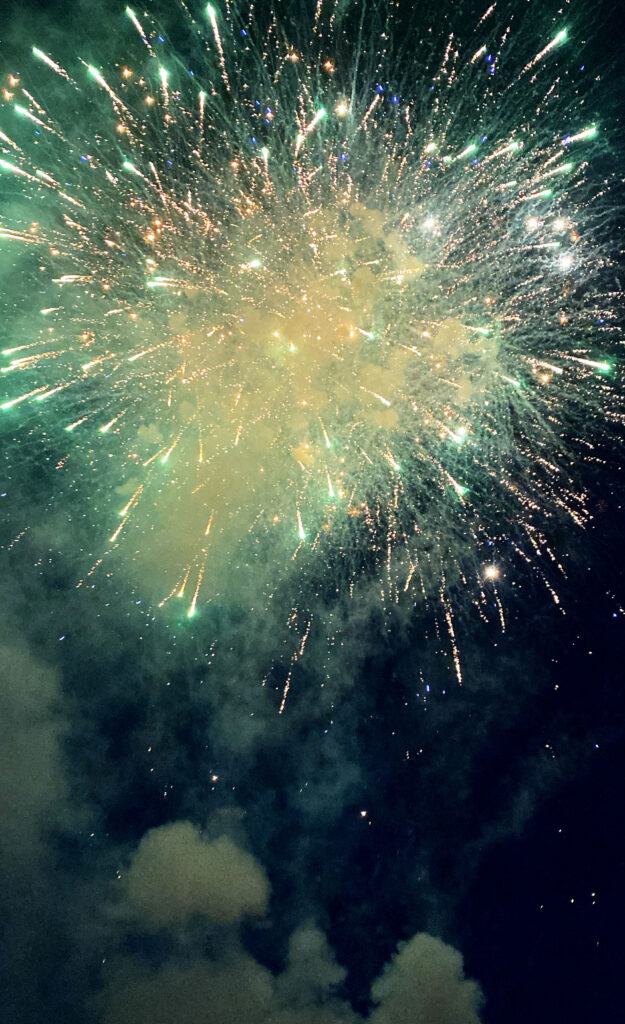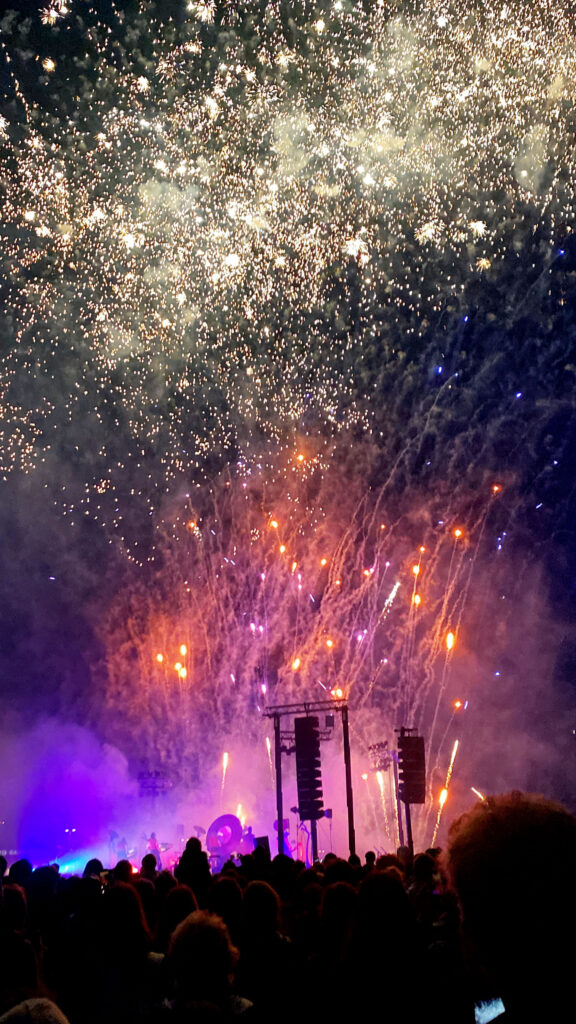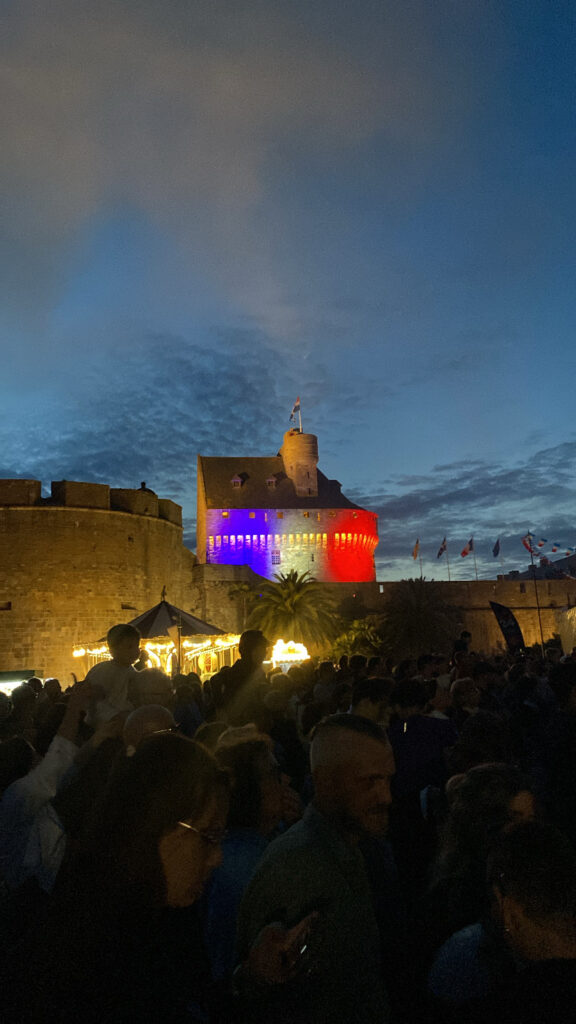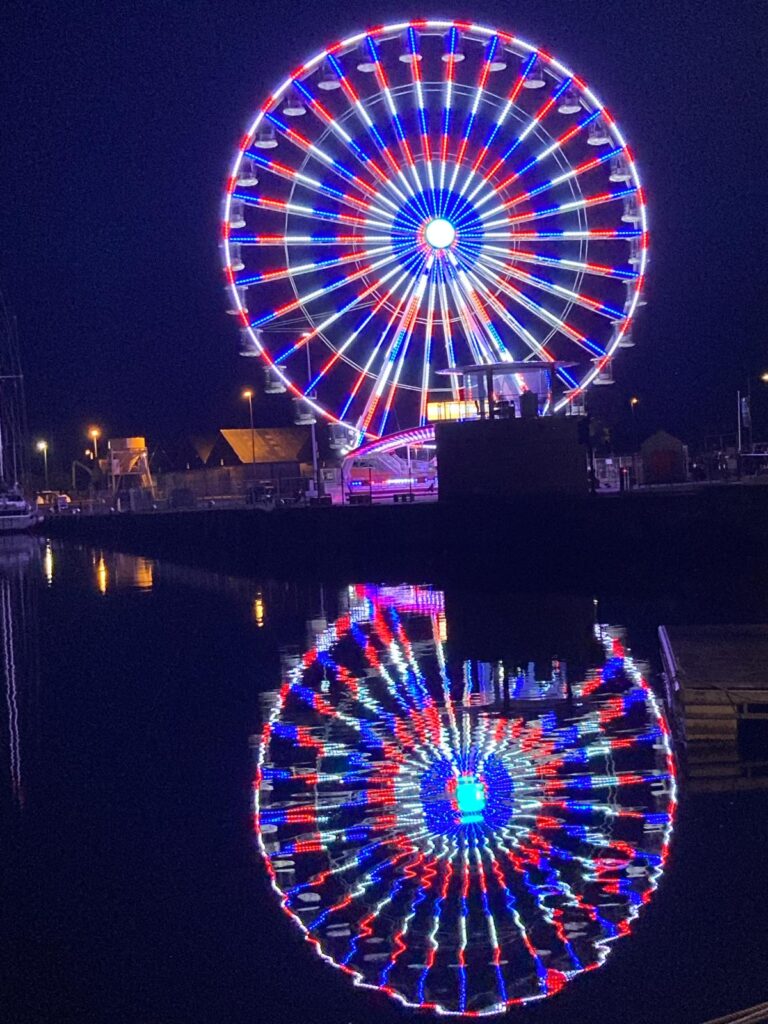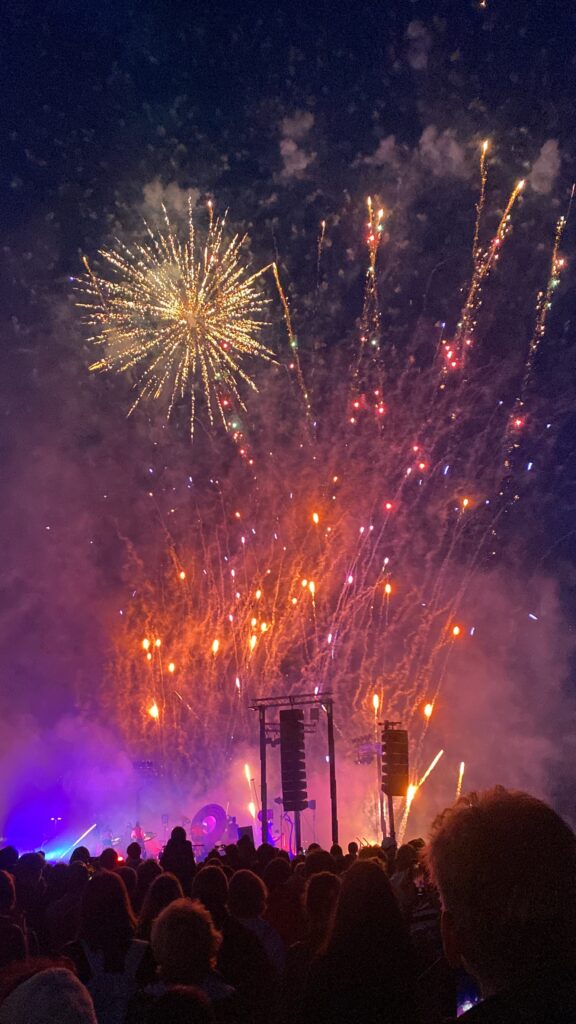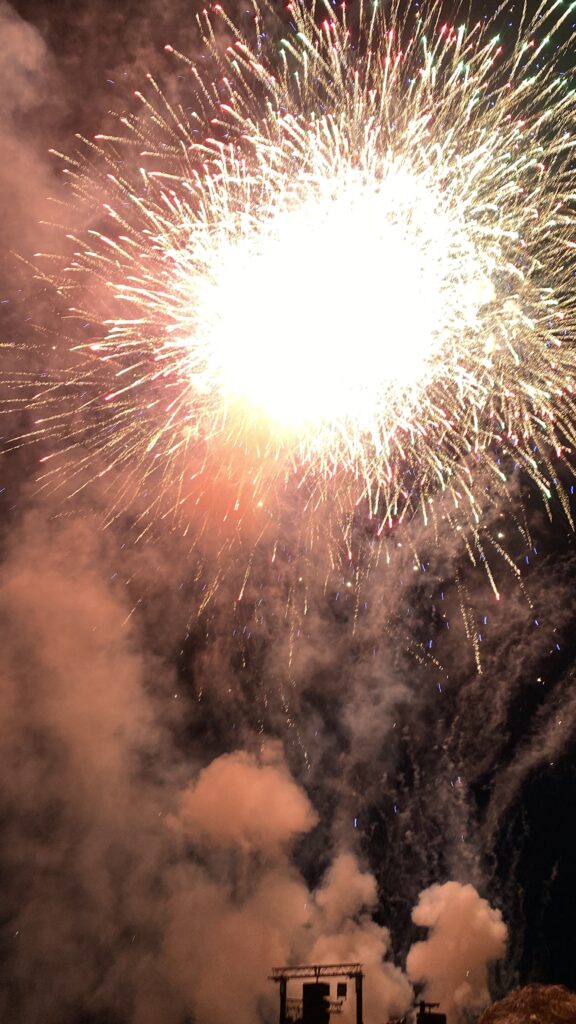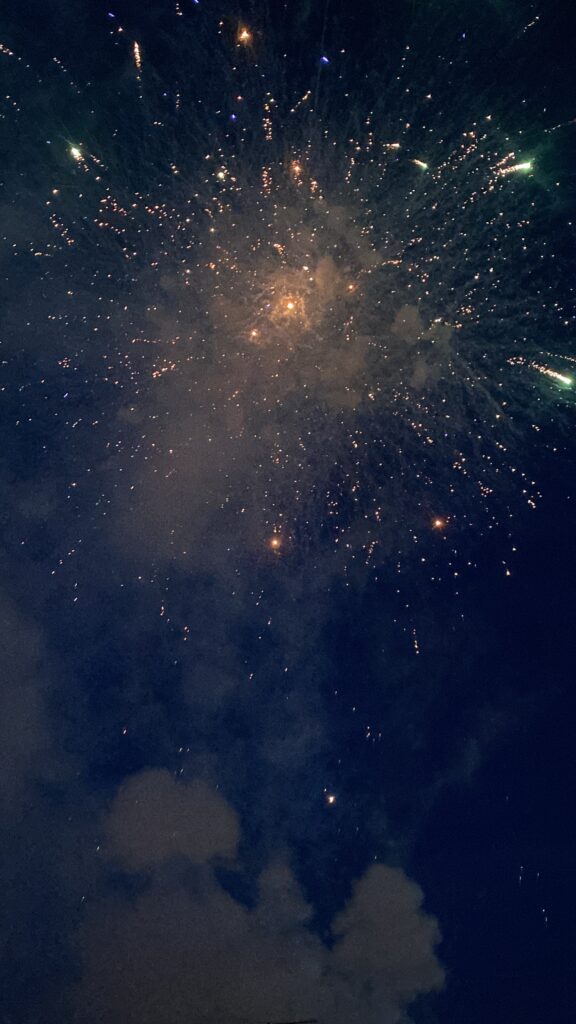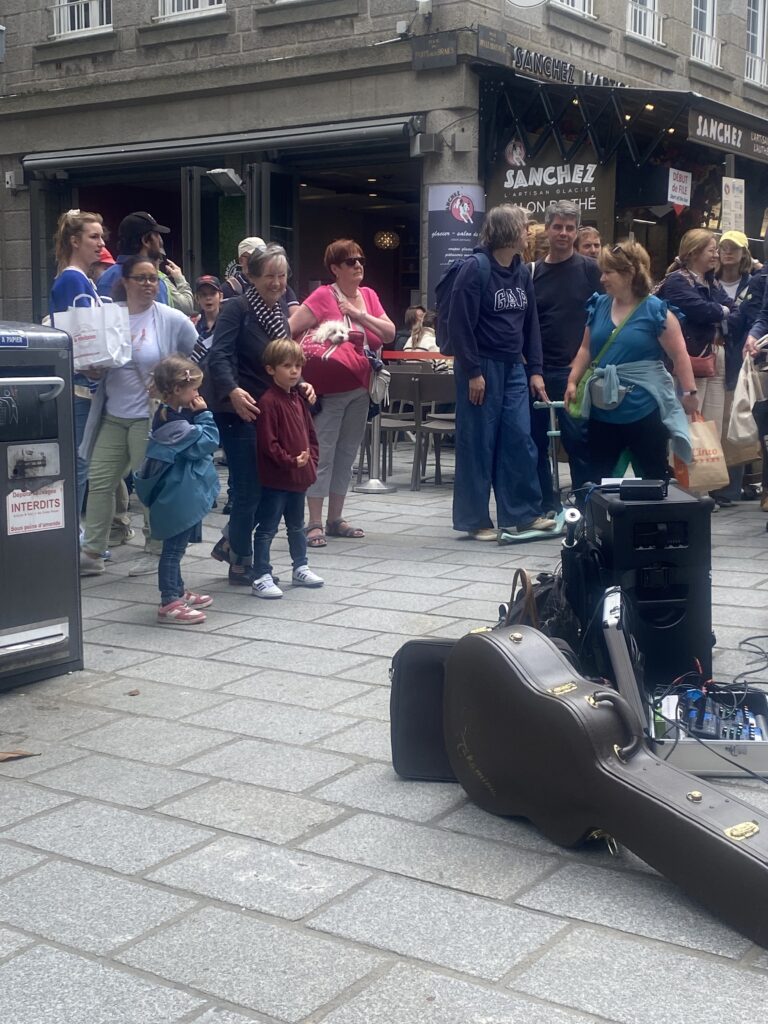Who is Henri Cartier-Bresson?
Henri Cartier-Bresson (1908-2004) was a French humanist photographer considered one of the greatest photographers of the 20th century. He is widely regarded as the father of street photography and the concept of the “decisive moment.”
Cartier-Bresson was born in Chanteloup, France, and began his career as a journalist and photographer in the 1930s. He served in the French Resistance during World War II, using his photography skills to document the war effort.
In the 1940s and 1950s, Cartier-Bresson became known for his innovative approach to photography, which emphasized capturing the essence of a moment or scene in a single frame. He believed that photography should be a way to reveal the human condition, rather than simply documenting reality. He coined the term “decisive moment” to describe this concept, which refers to the fleeting instant when all the elements of a scene come together to create a powerful and meaningful image.
Cartier-Bresson’s photographs often featured everyday people going about their daily lives, but he was also drawn to capturing the beauty and dignity of marginalized communities, such as gypsies and peasants. His work often had a strong sense of narrative and storytelling, and he was known for his ability to capture complex social and cultural dynamics in a single image.
What is the ‘decisive moment’?
The “decisive moment” is a concept coined by Henri Cartier-Bresson, a French photographer, in his 1952 book “The Decisive Moment.” It refers to the brief, fleeting moment when all the elements of a scene come together to create a powerful and meaningful image.
For Cartier-Bresson, the decisive moment was not just about capturing a specific event or action, but rather about capturing the essence of the human experience. He believed that this moment was often a combination of several factors, including:
- Timing: The ability to capture the exact moment when something significant was happening.
- Composition: The way the elements of the scene were arranged to create a harmonious and balanced composition.
- Light: The quality and direction of the light, which could add mood and atmosphere to the image.
- Storytelling: The ability to tell a story or convey a sense of narrative through the image.
Cartier-Bresson believed that this decisive moment was often unpredictable and required a great deal of skill and intuition to capture. He would often spend hours waiting for this moment to unfold, observing and anticipating the action before him.
The decisive moment is not limited to specific subjects or genres, but can be applied to various forms of photography, including street photography, portrait photography, landscape photography, and more.
Some key characteristics of the decisive moment include:
- A sense of tension or drama
- A feeling of anticipation or movement
- A strong sense of human connection or interaction
- A balance of shapes, lines, and textures
- A sense of depth or layering
- A strong emotional resonance
Cartier-Bresson’s concept of the decisive moment has had a profound impact on photography and continues to inspire photographers today. It emphasizes the importance of being present in the moment, observing carefully, and being prepared to capture that fleeting instant when everything comes together to create a powerful and meaningful image.
How does Henri Cartier-Bresson view the activity of photography?
Henri Cartier-Bresson, considered one of the most influential photographers of the 20th century, viewed photography as a unique medium that required a distinct approach, philosophy, and set of skills. Here are some key aspects of his views on photography:
- Photography as a way to capture the human experience: Cartier-Bresson believed that photography should be used to capture the essence of human experience, to tell stories about people, and to reveal the human condition.
- Photography as a momentary capture: He emphasized the importance of capturing a single moment, often referred to as the “decisive moment,” when all the elements of a scene come together to create a powerful image.
- Photography as a means to reveal the unconscious: Cartier-Bresson believed that photography could reveal the unconscious aspects of human behavior, revealing hidden truths and emotions.
- Photography as an act of observation: He emphasized the importance of observing and waiting for the right moment, rather than staging or manipulating scenes.
- Photography as a form of storytelling: Cartier-Bresson saw photography as a way to tell stories about people, places, and cultures, often using a series of images rather than a single frame.
- Photography as an art form: He believed that photography was an art form that required creativity, skill, and intuition, and that it should be judged on its artistic merit rather than technical quality.
- Photography as a reflection of reality: Cartier-Bresson believed that photography should reflect reality, but also acknowledged that it is always subjective and influenced by the photographer’s perspective.
- Photography as a way to transcend time and space: He believed that photography could capture moments in time and spaces that would otherwise be lost, allowing us to transcend time and space.
- Photography as a means to connect with others: Cartier-Bresson saw photography as a way to connect with others, to understand their lives and experiences, and to create empathy and understanding.
In summary, Cartier-Bresson viewed photography as a powerful medium for storytelling, observation, and capturing the human experience. He emphasized the importance of patience, intuition, and creativity in capturing meaningful images that reveal the essence of life.
Henri Cartier-Bresson Mood Board.
